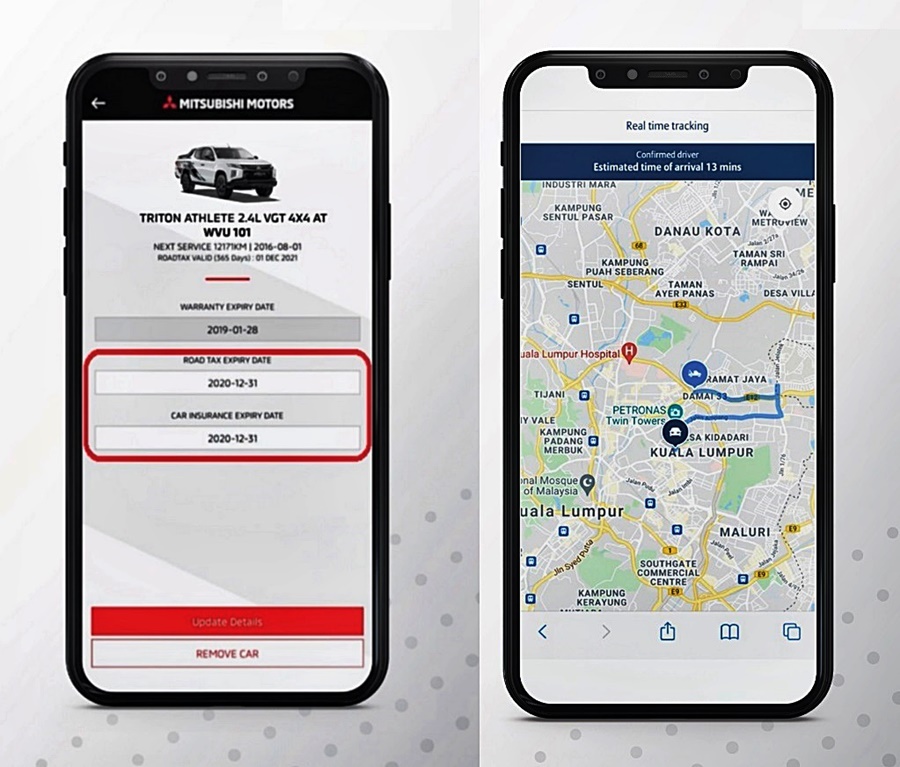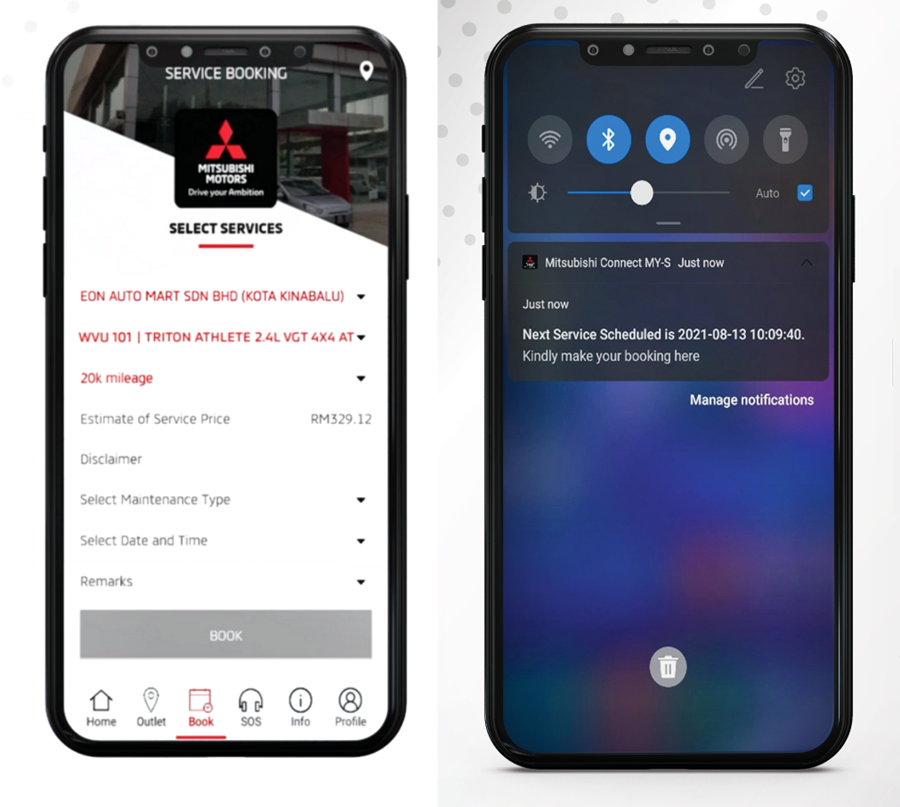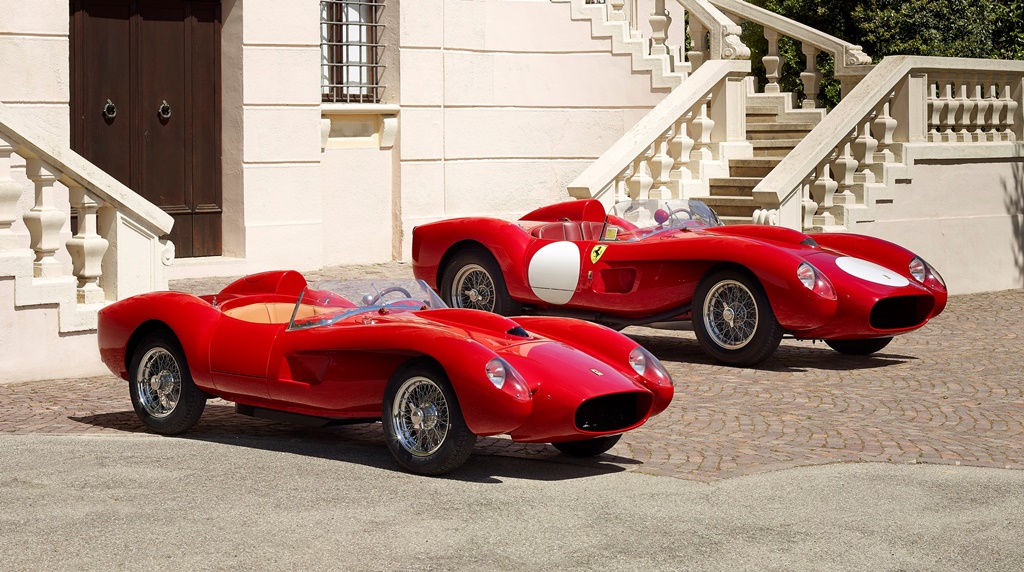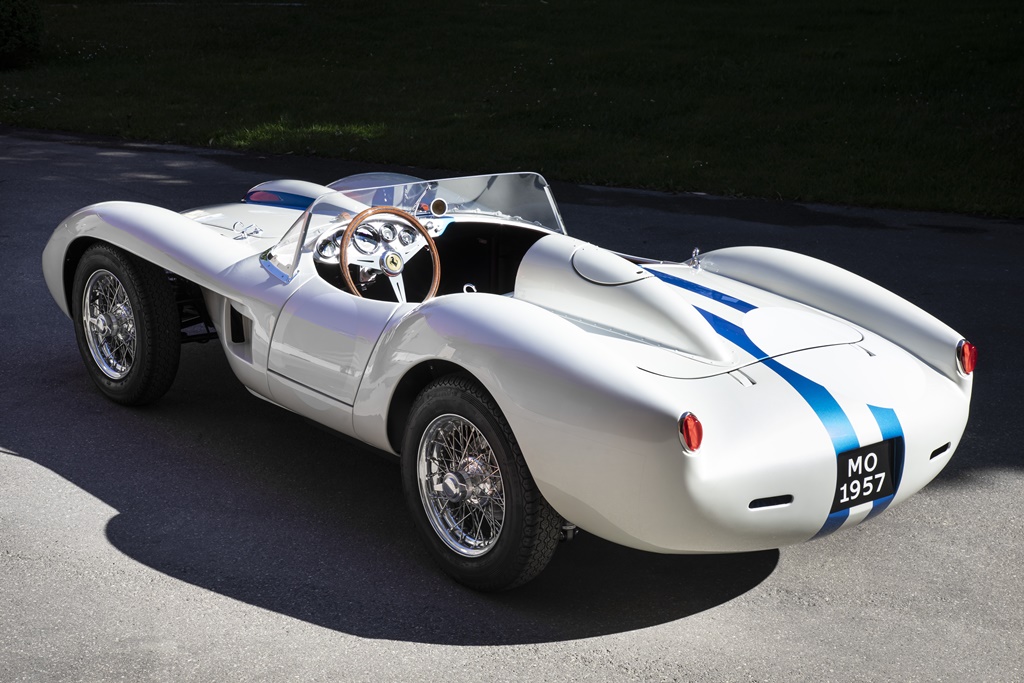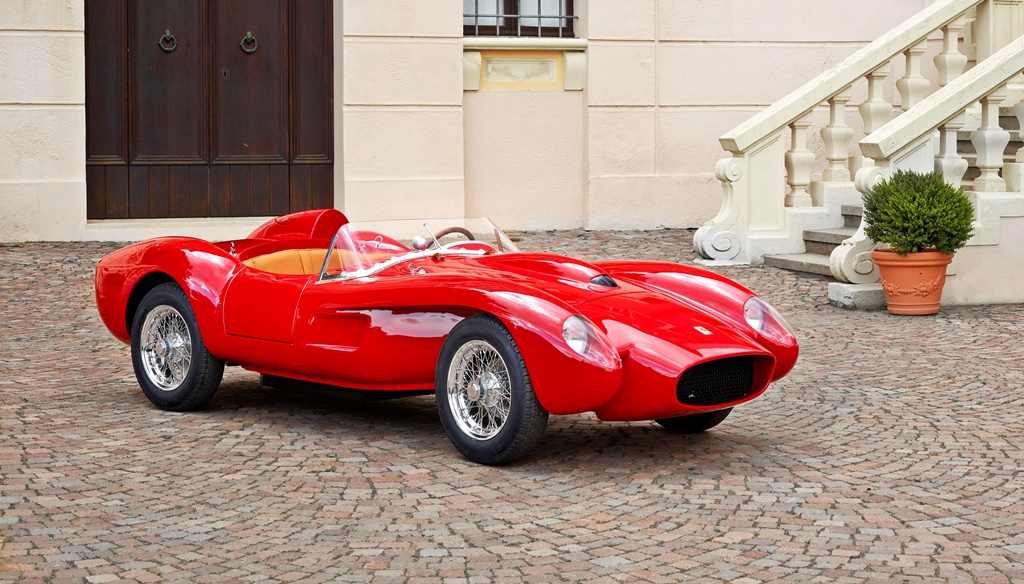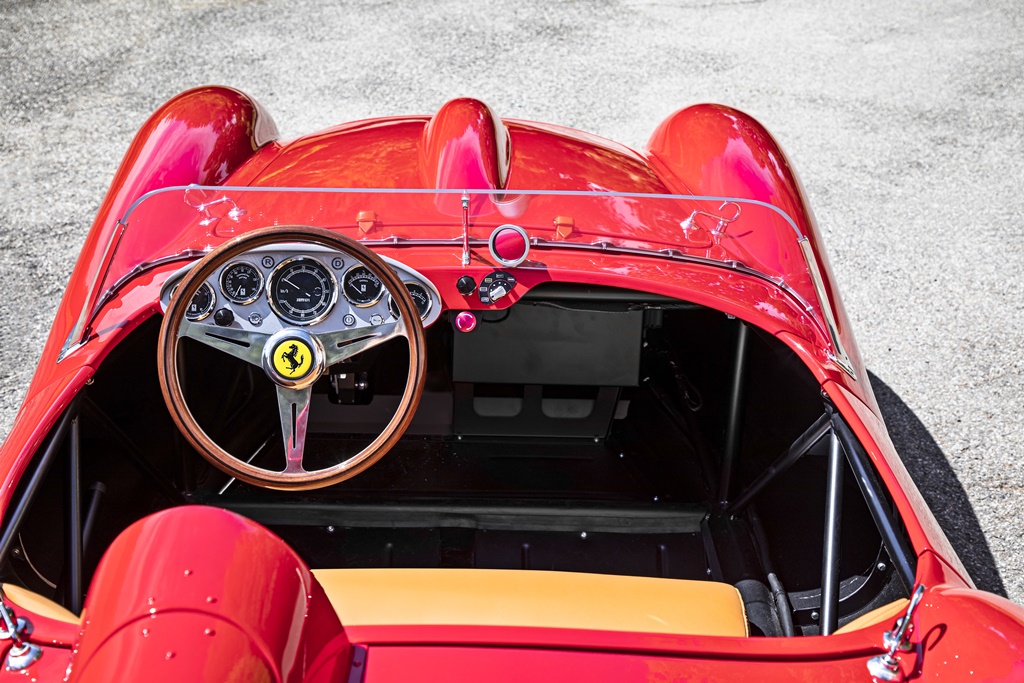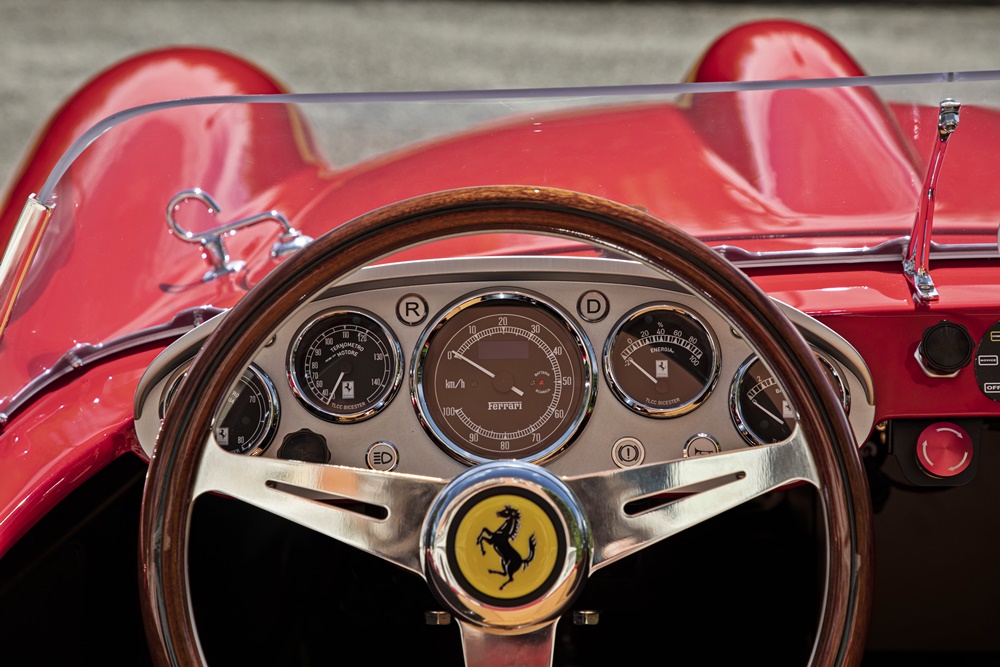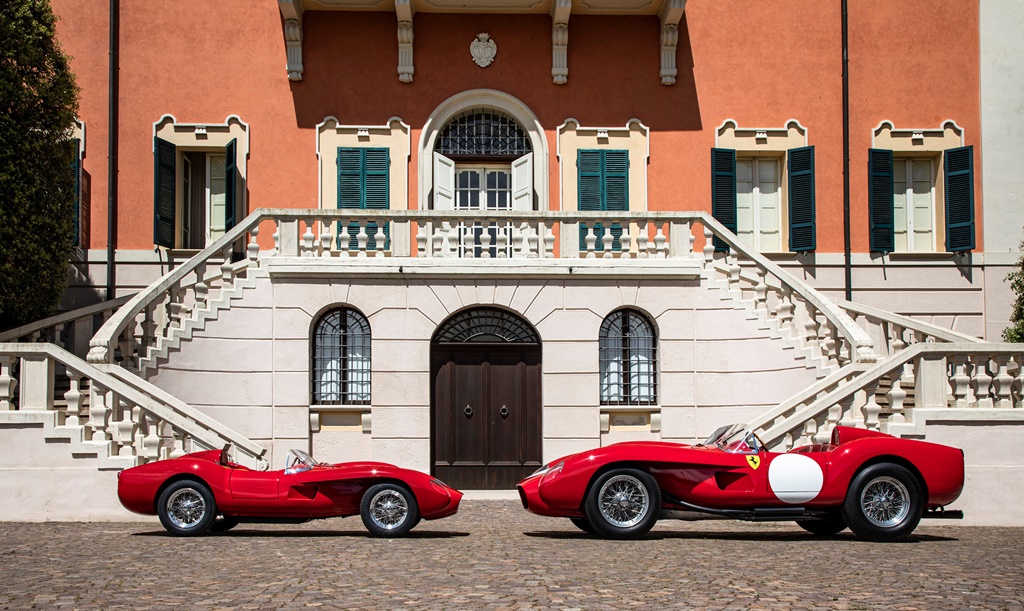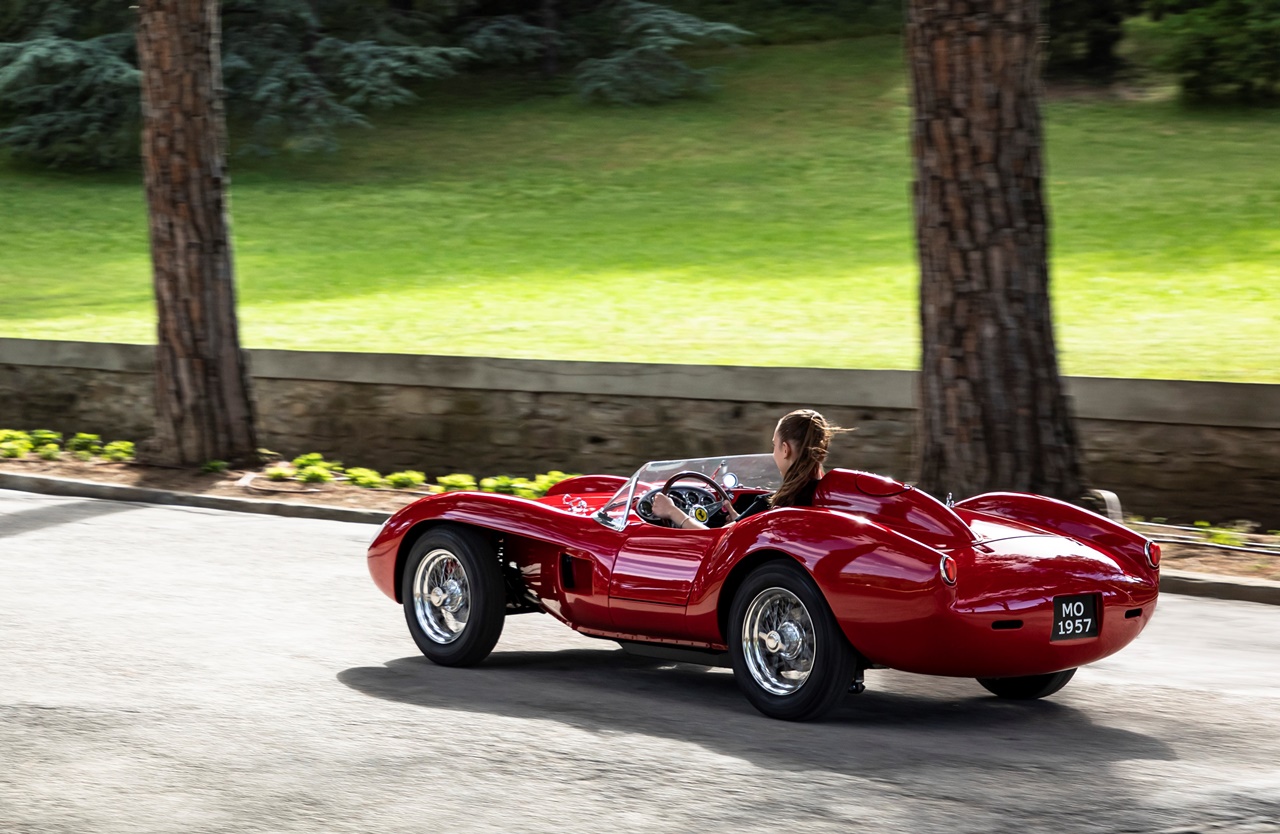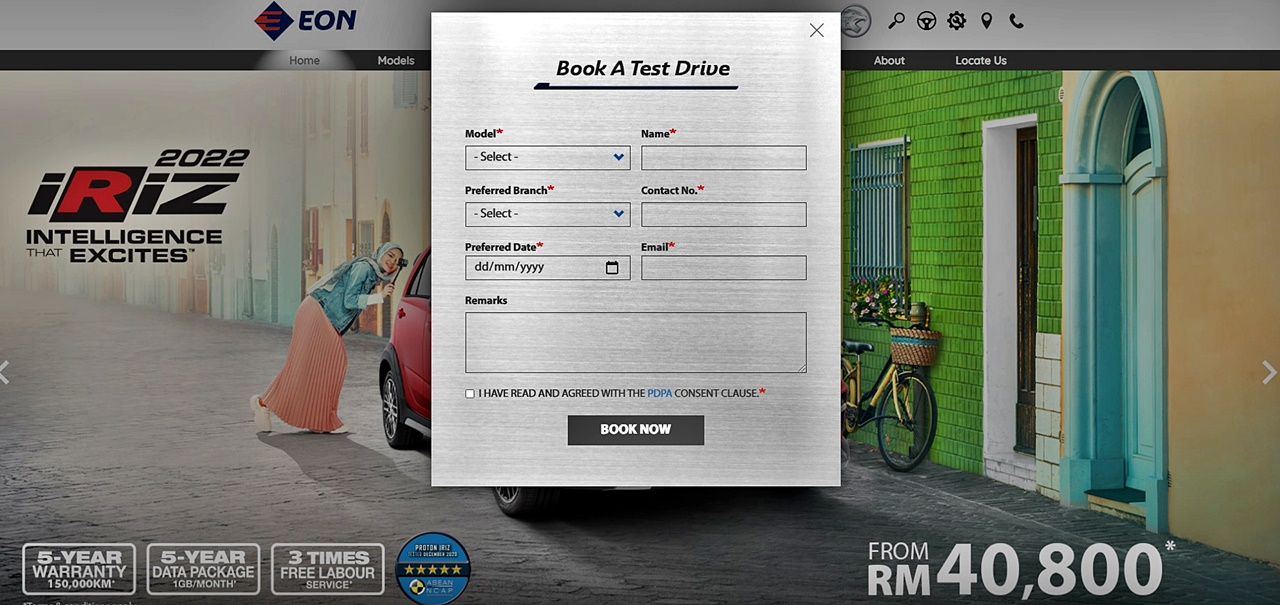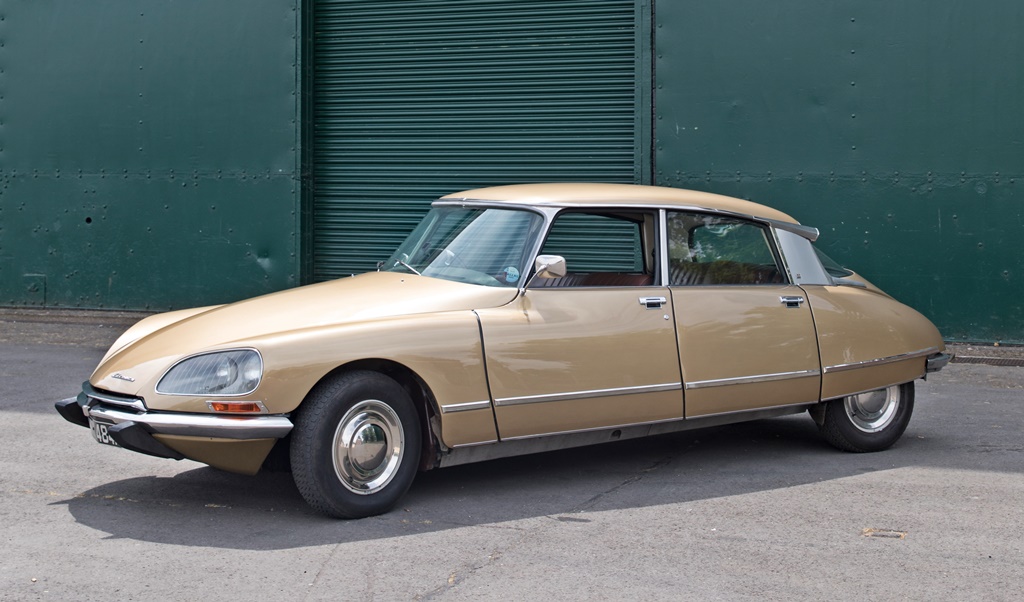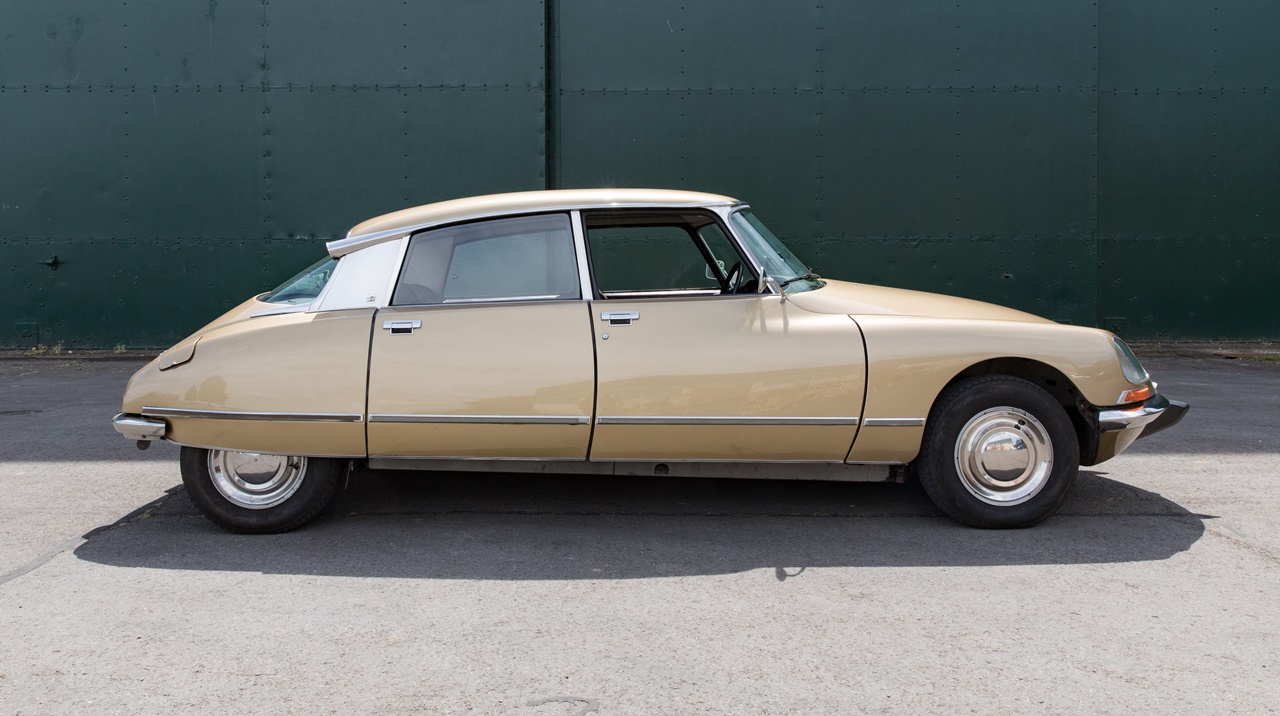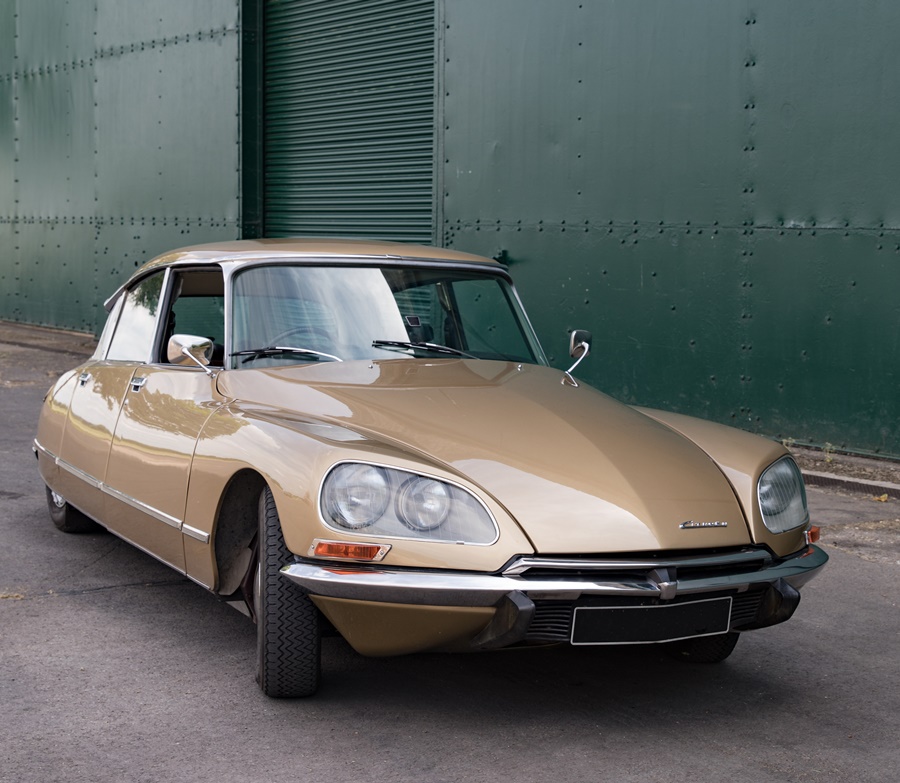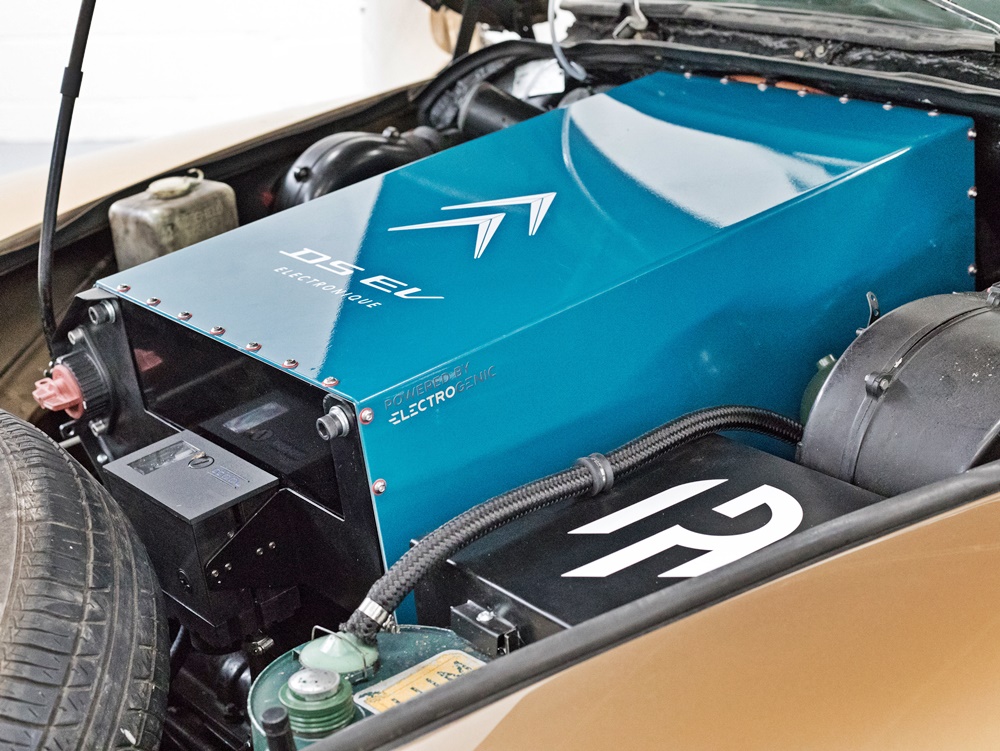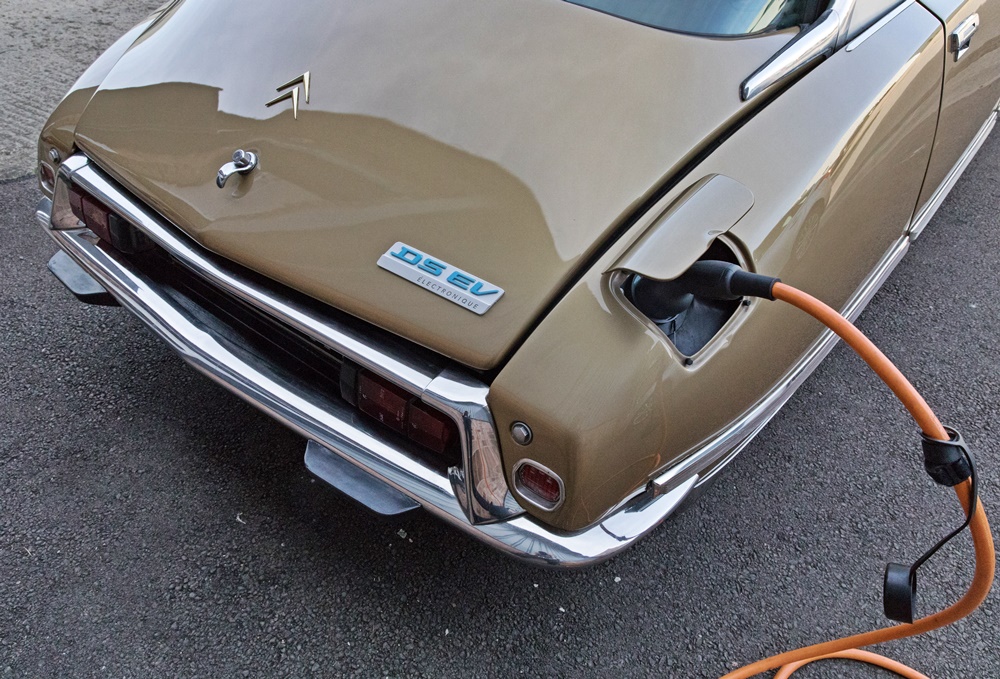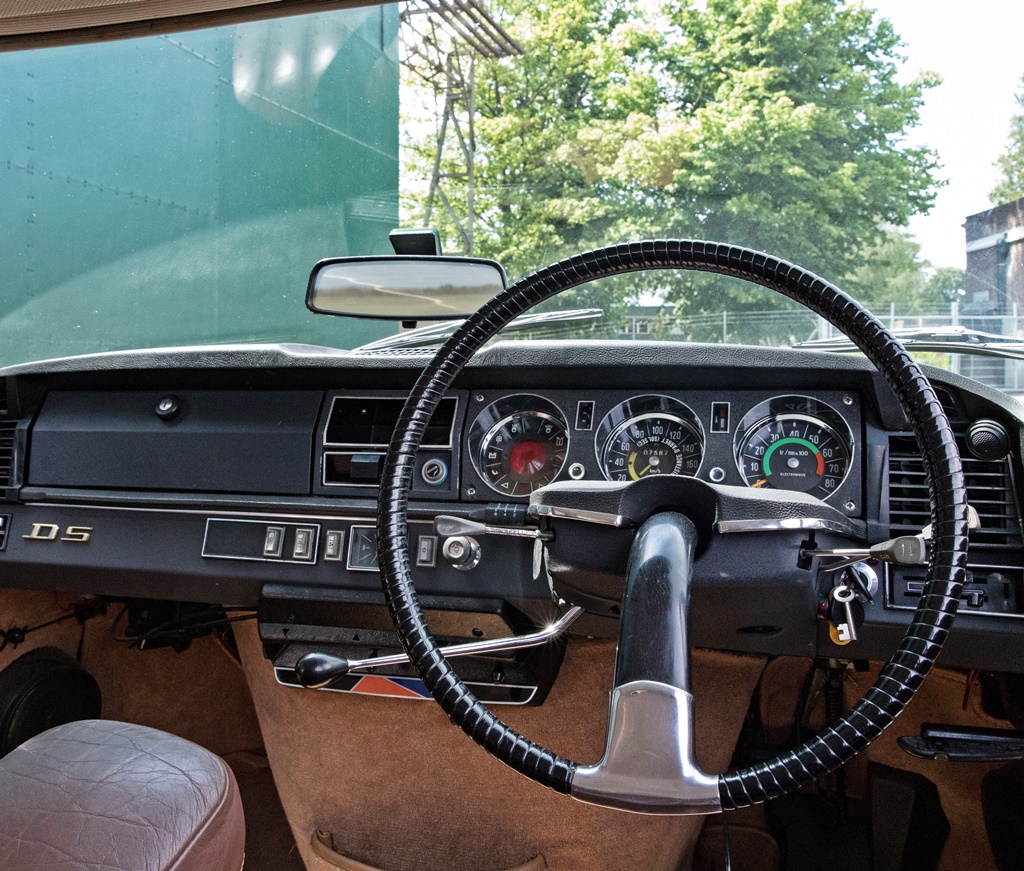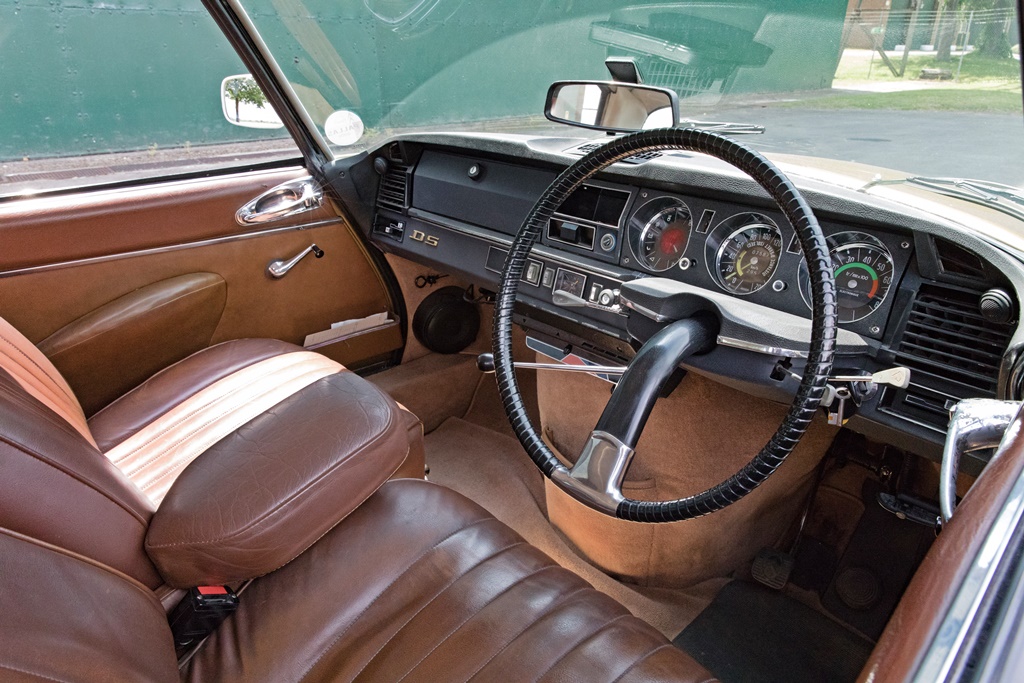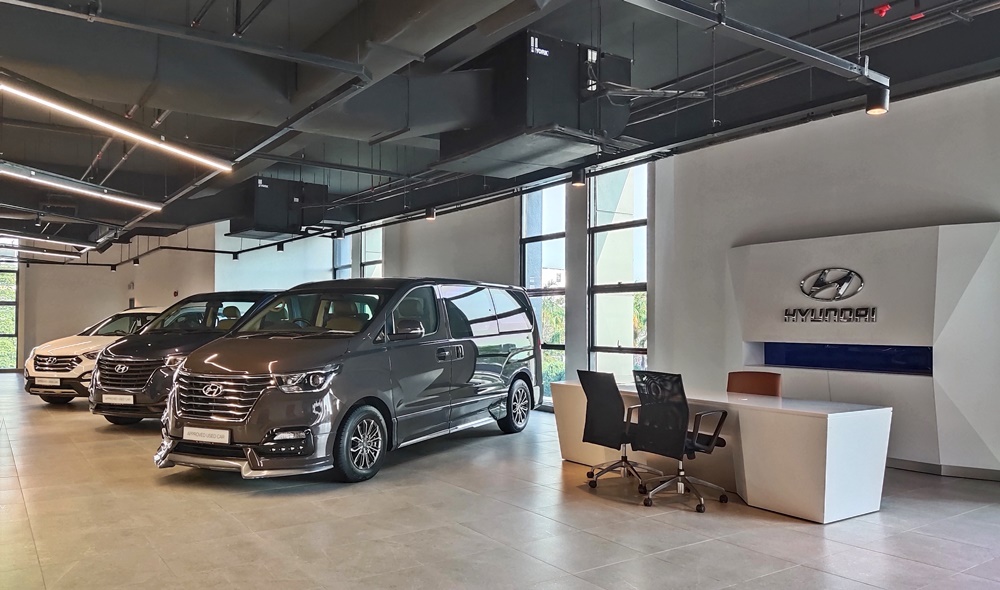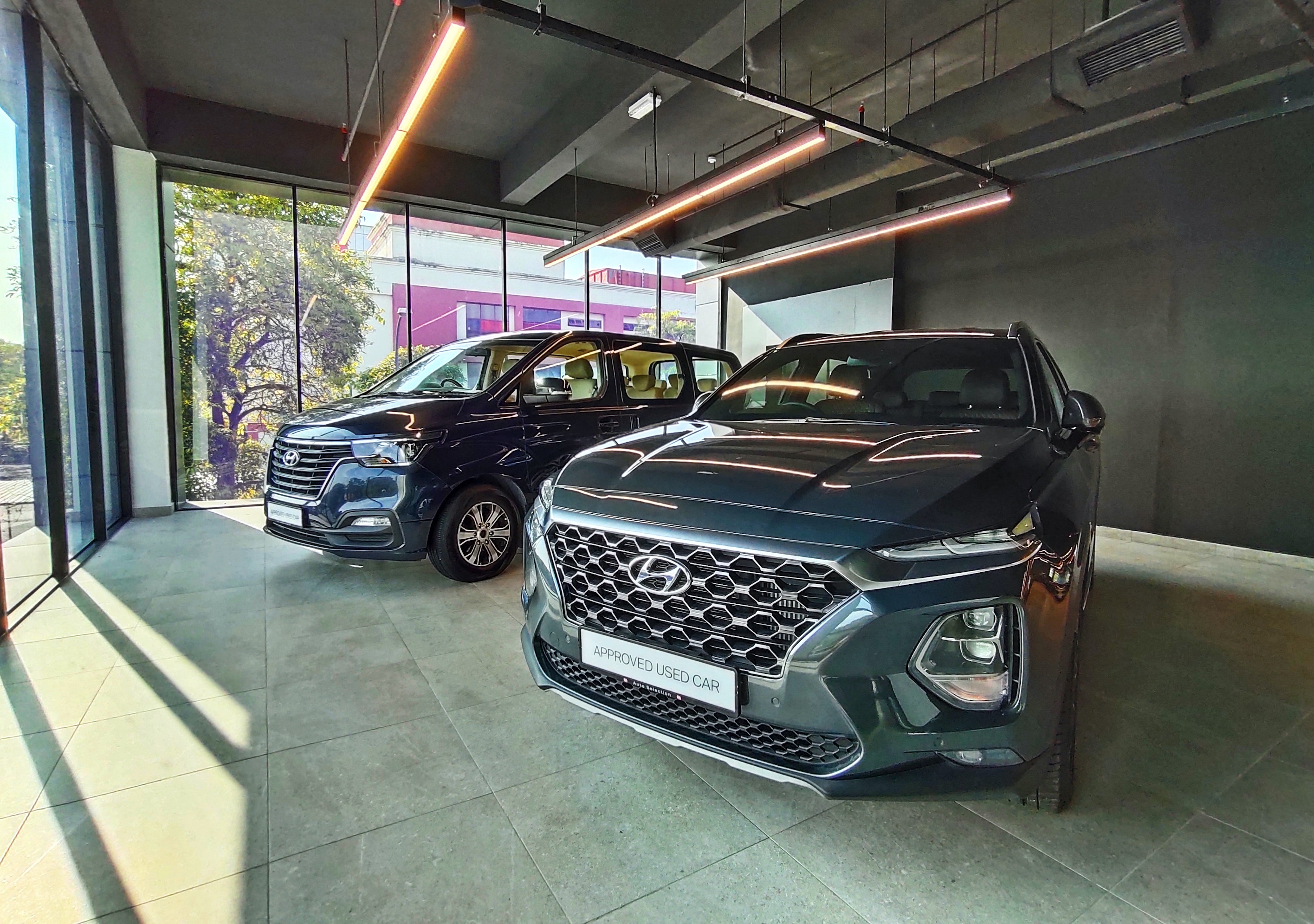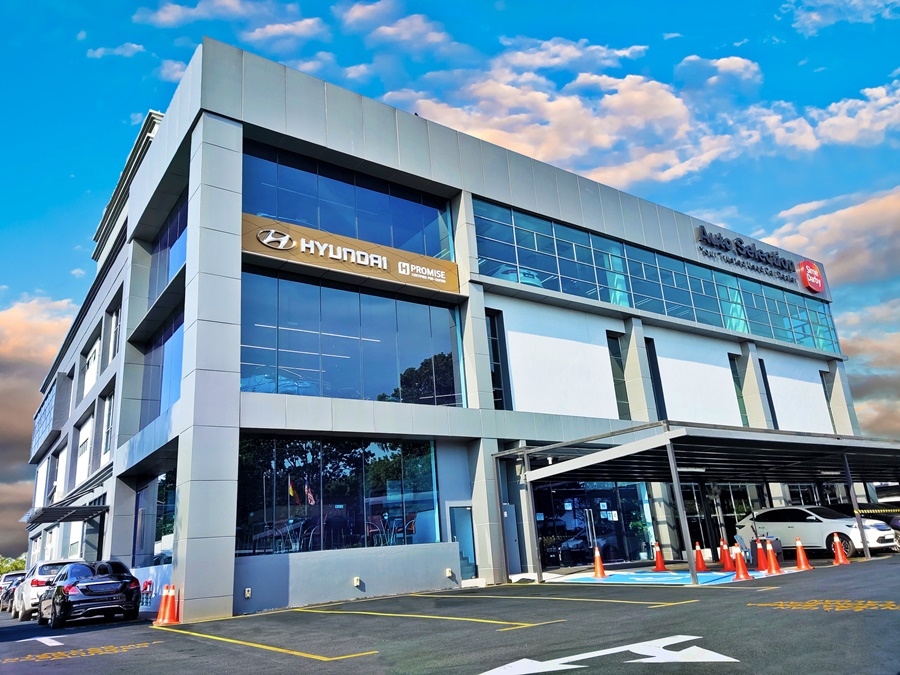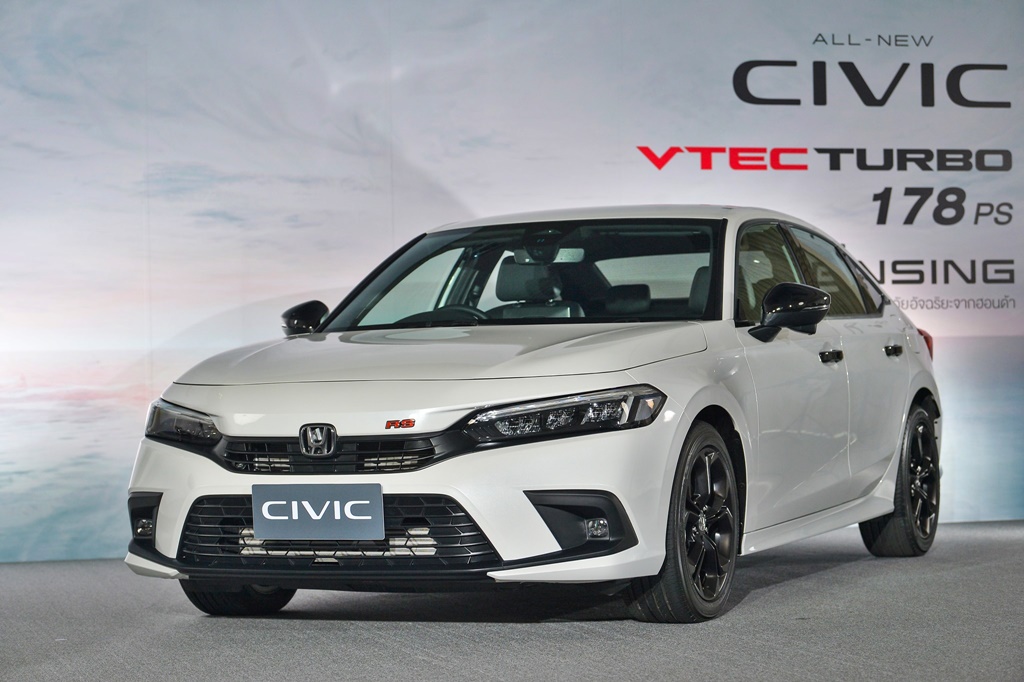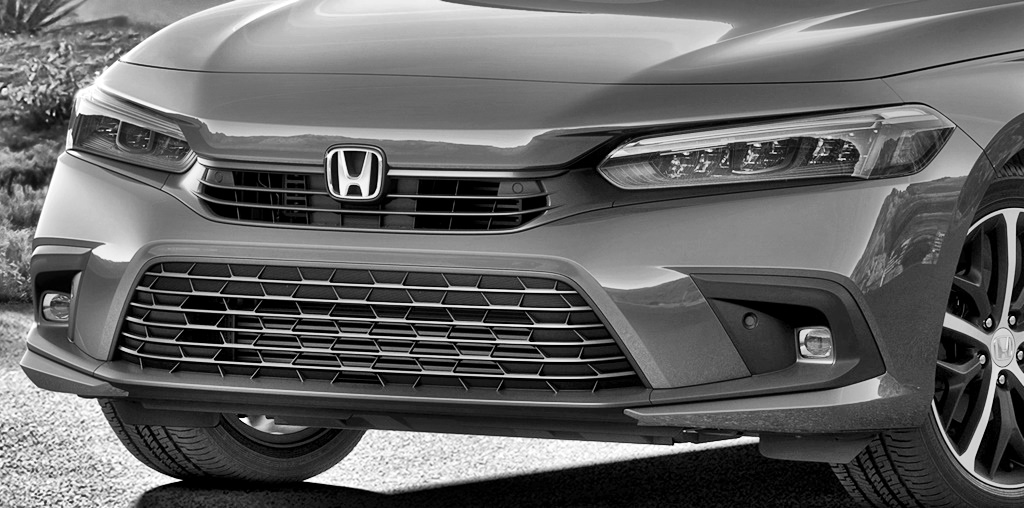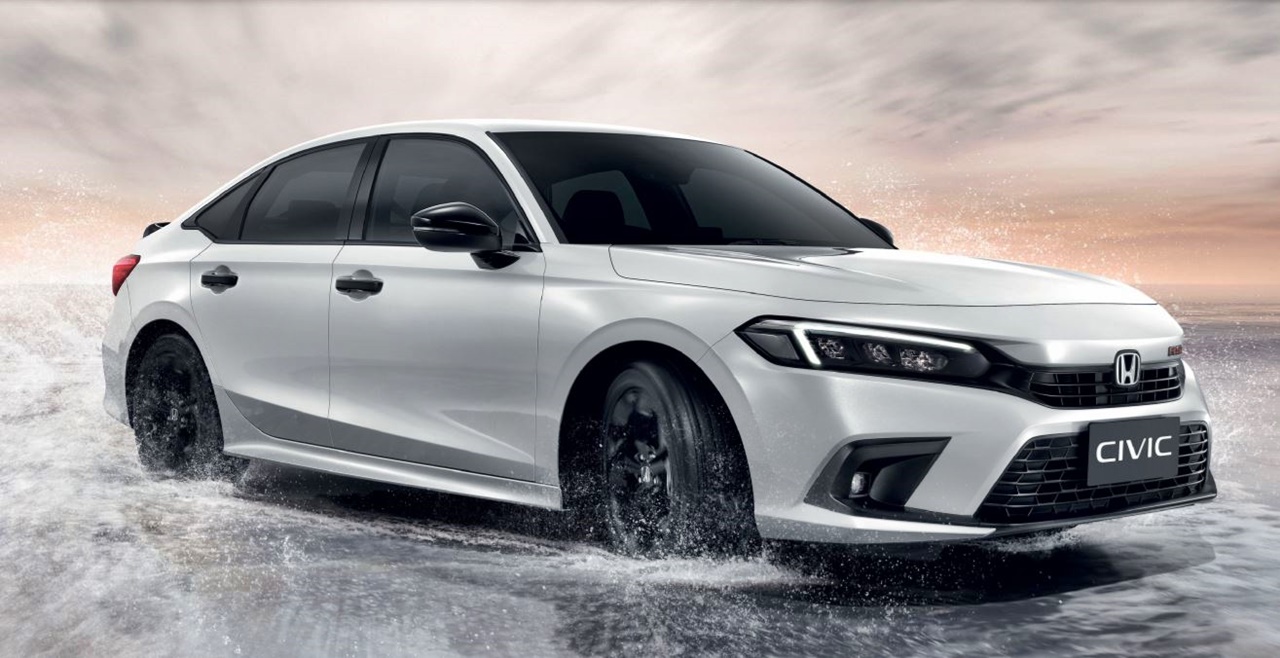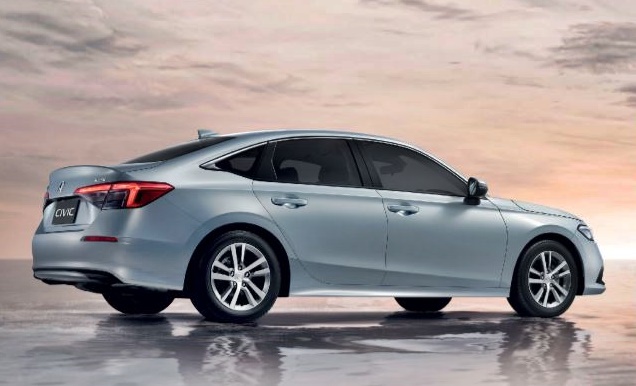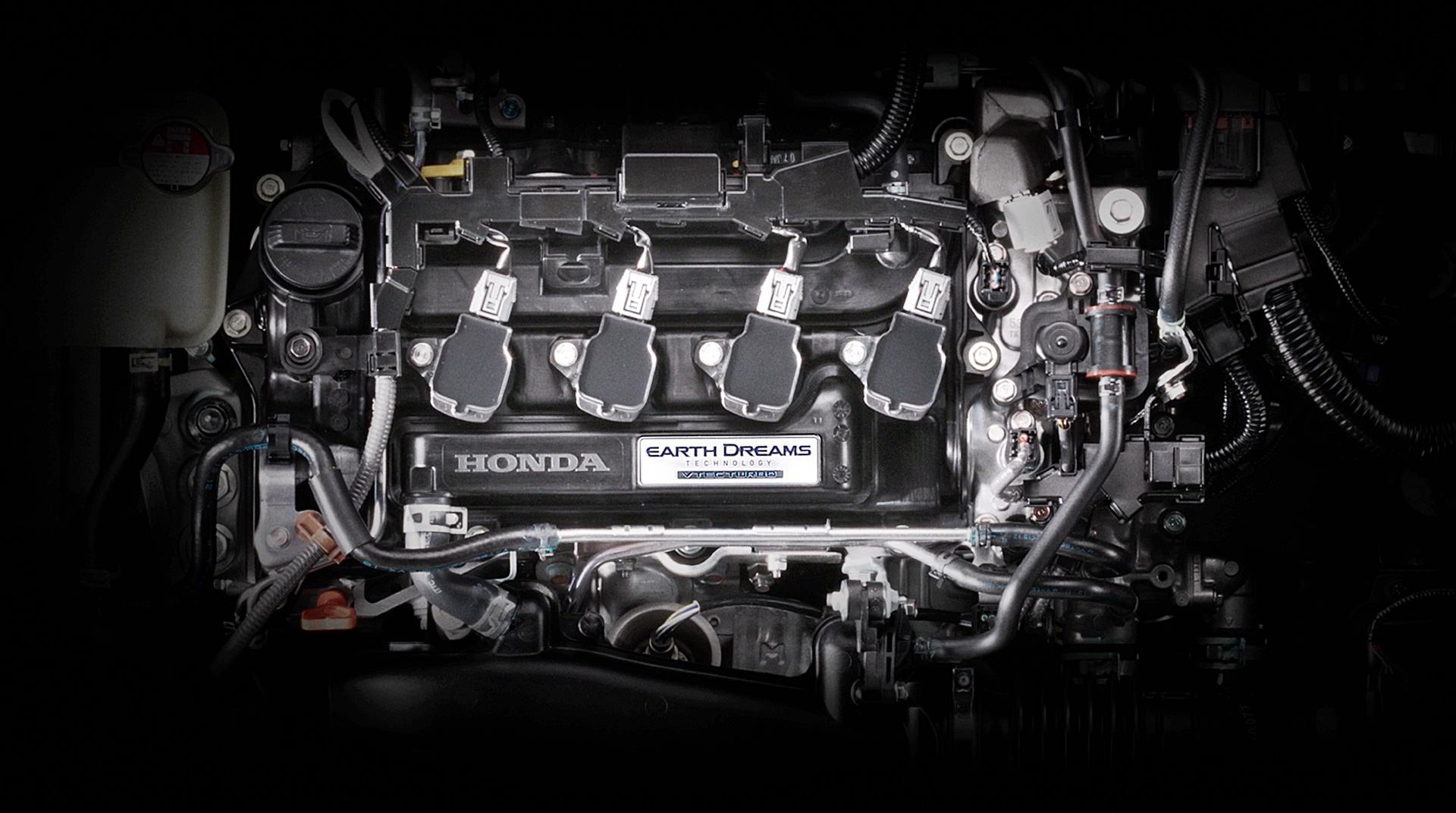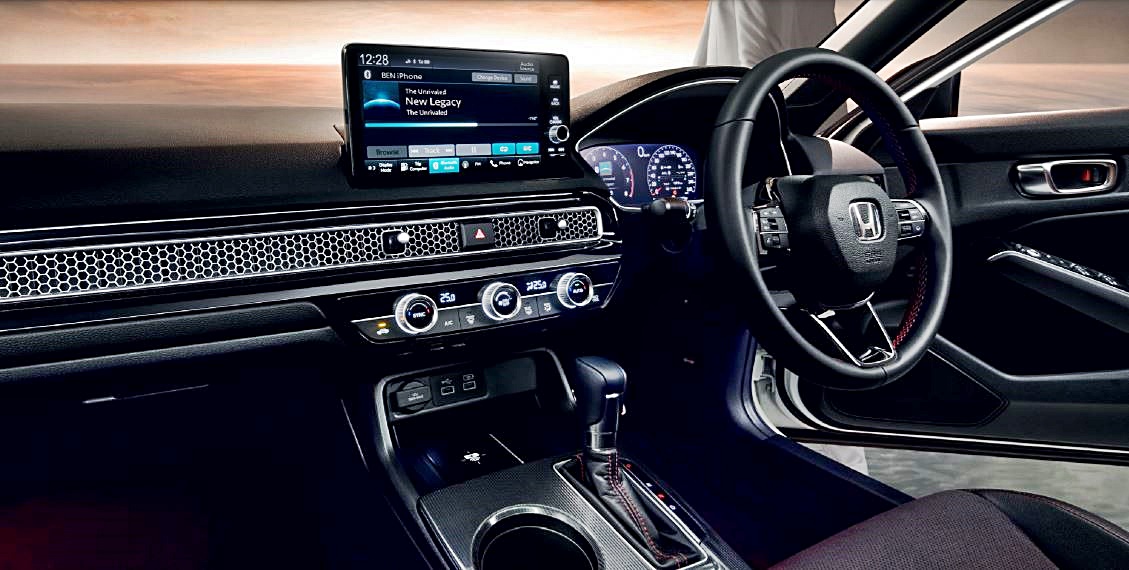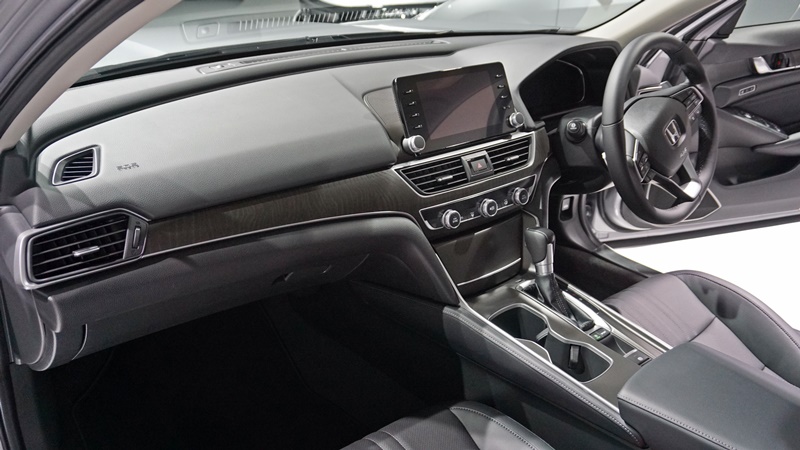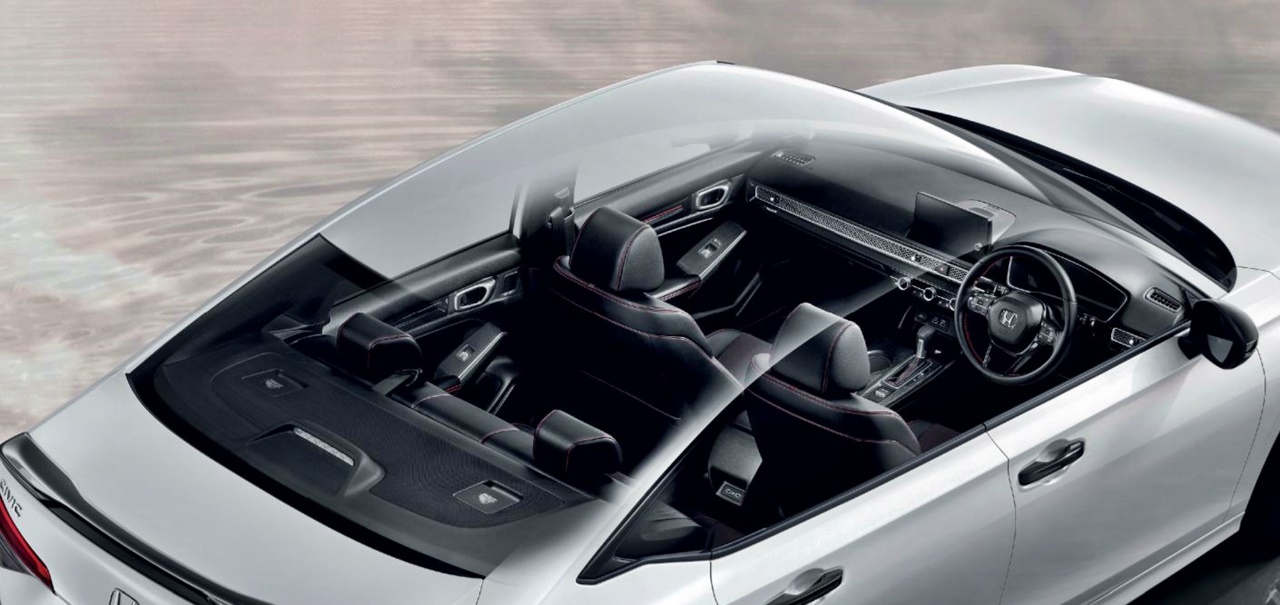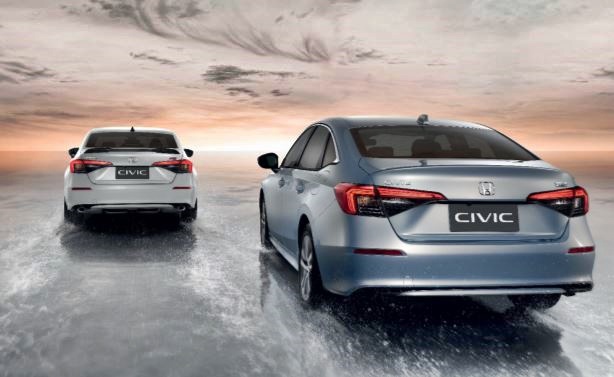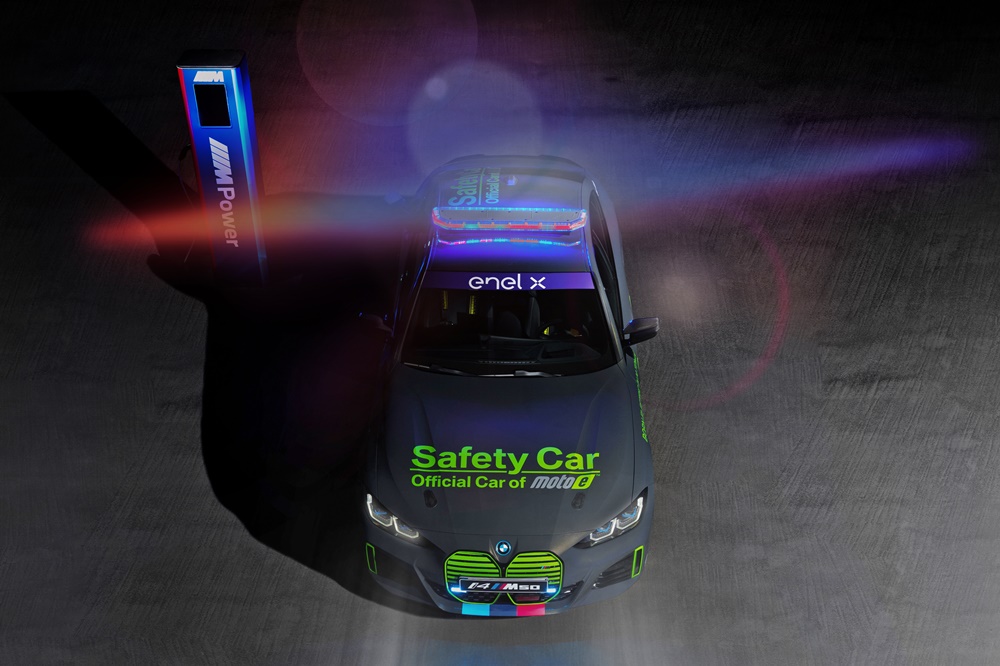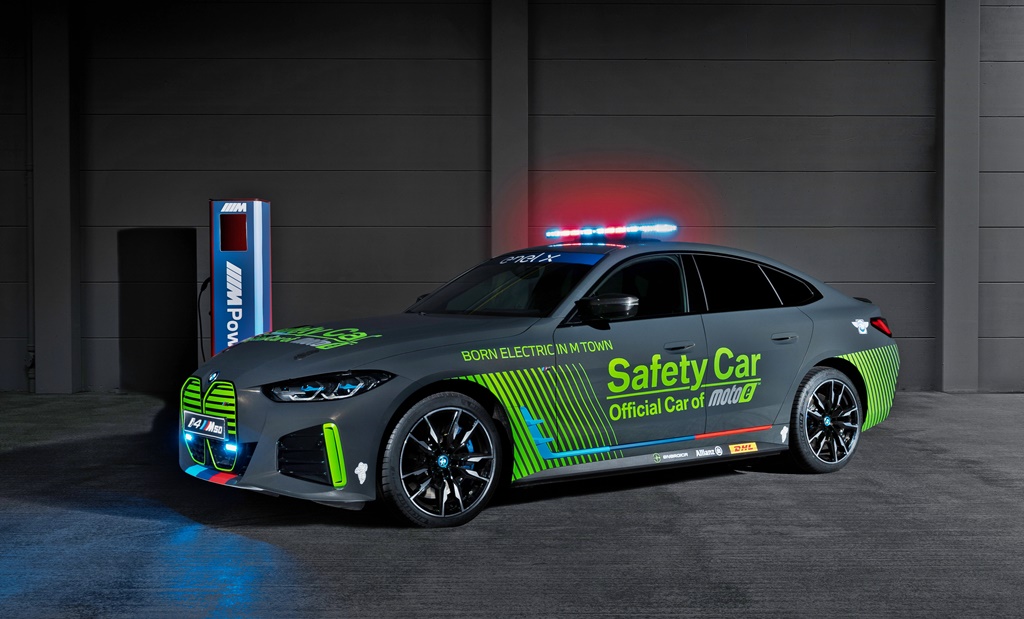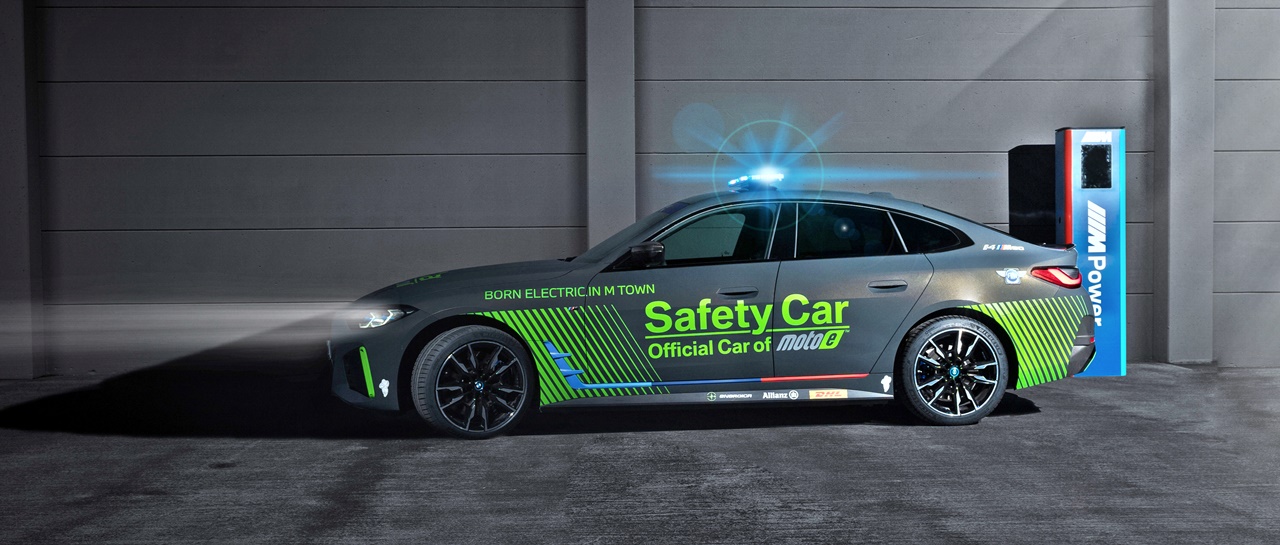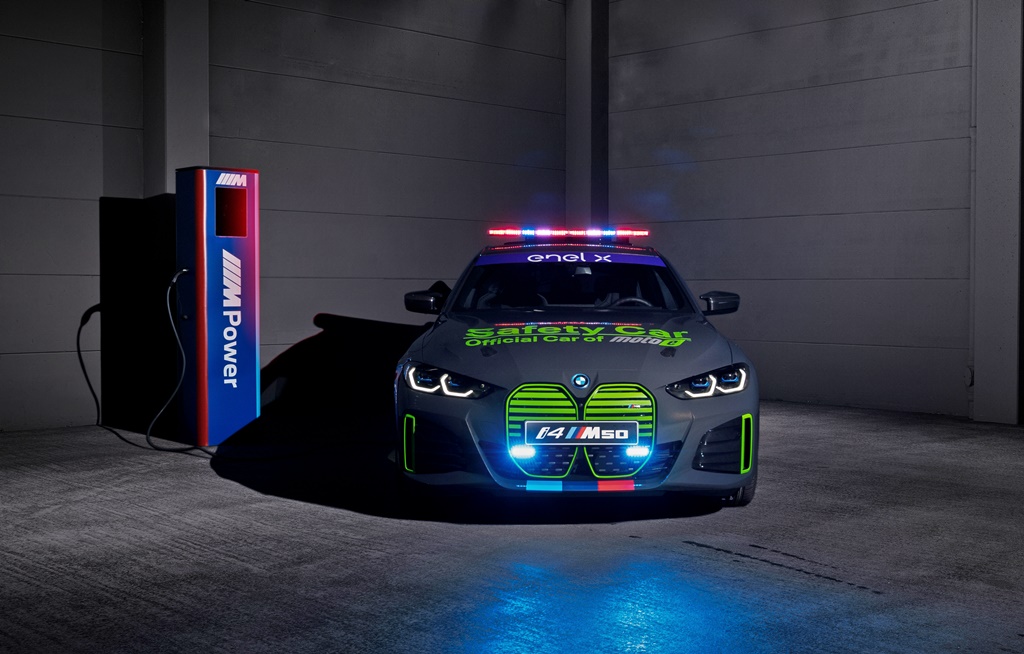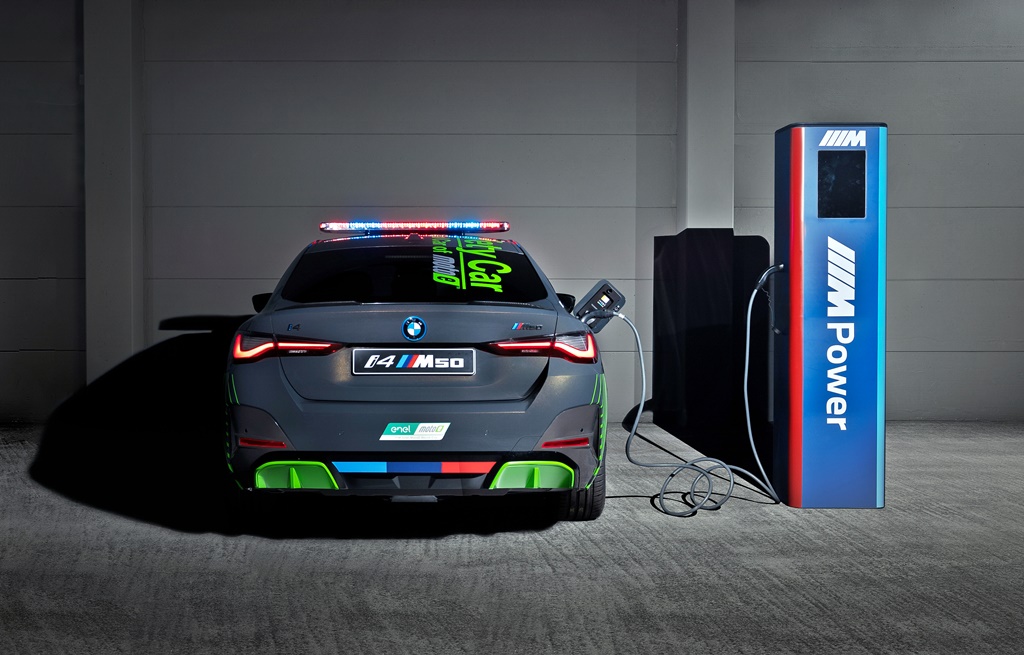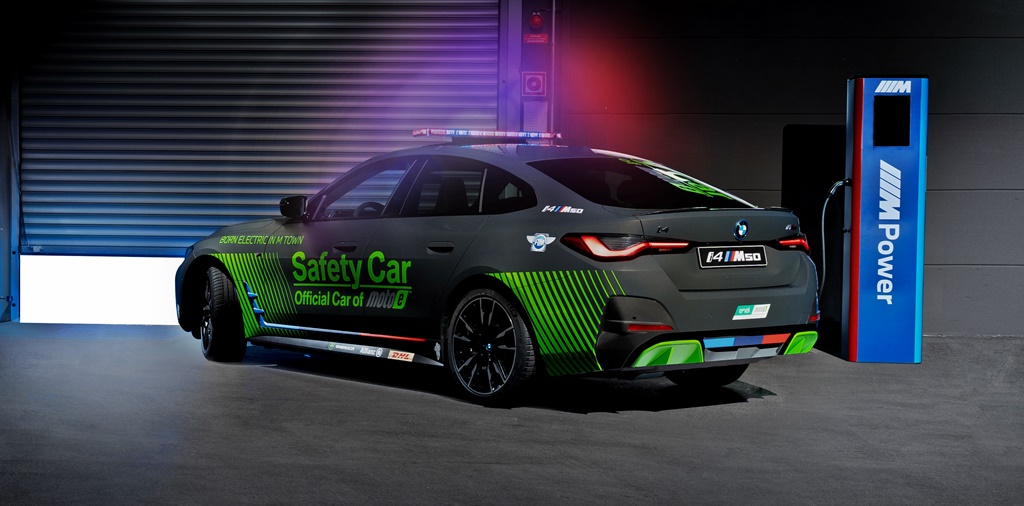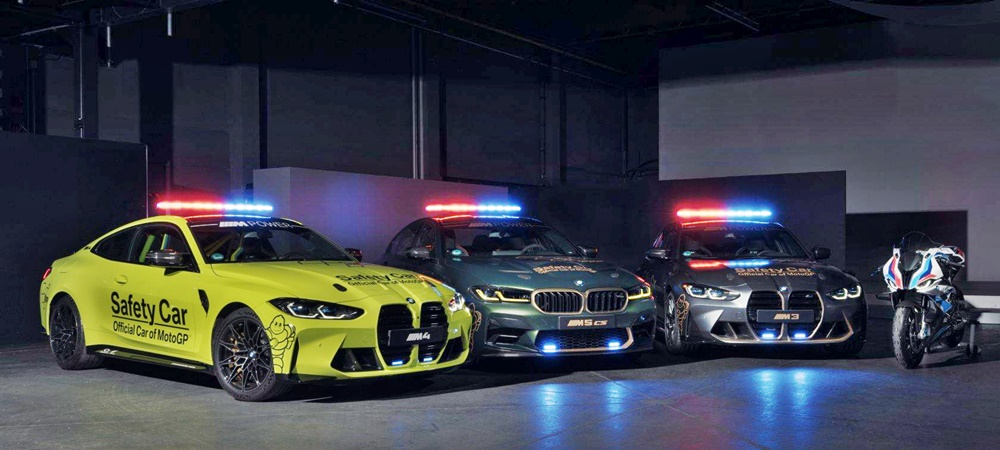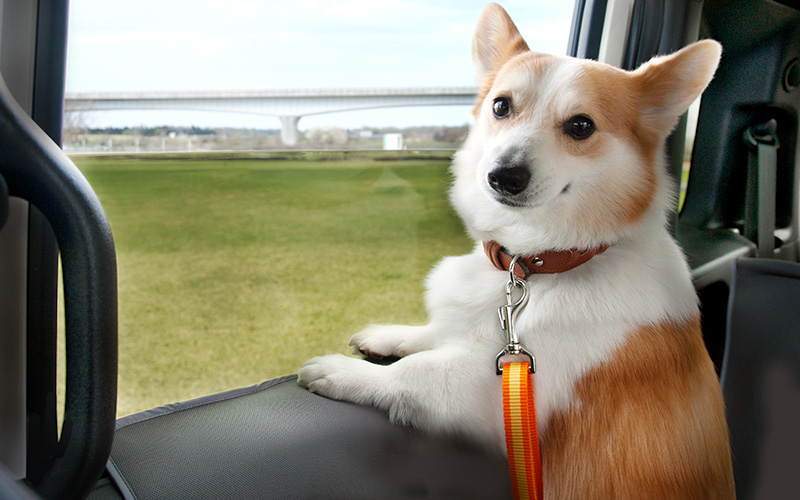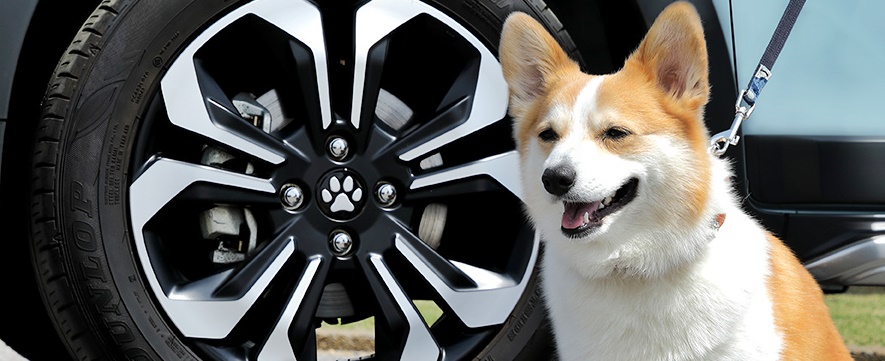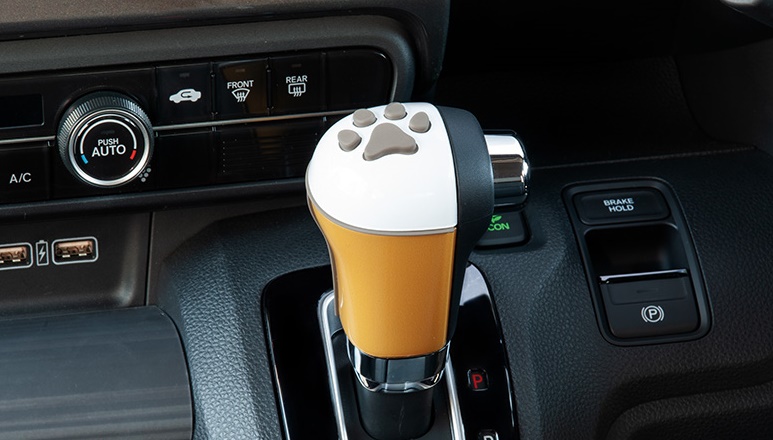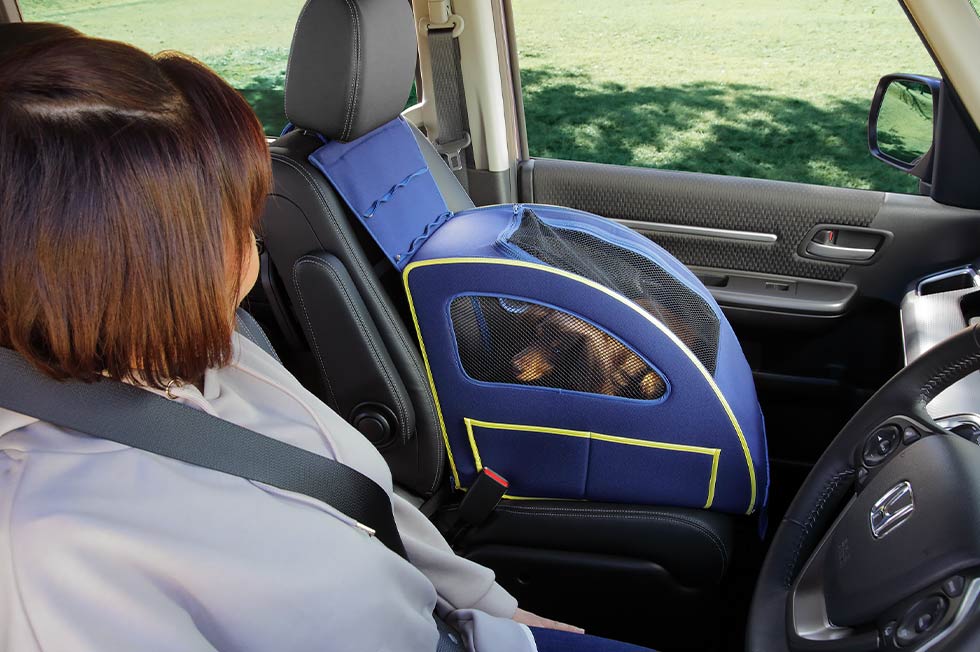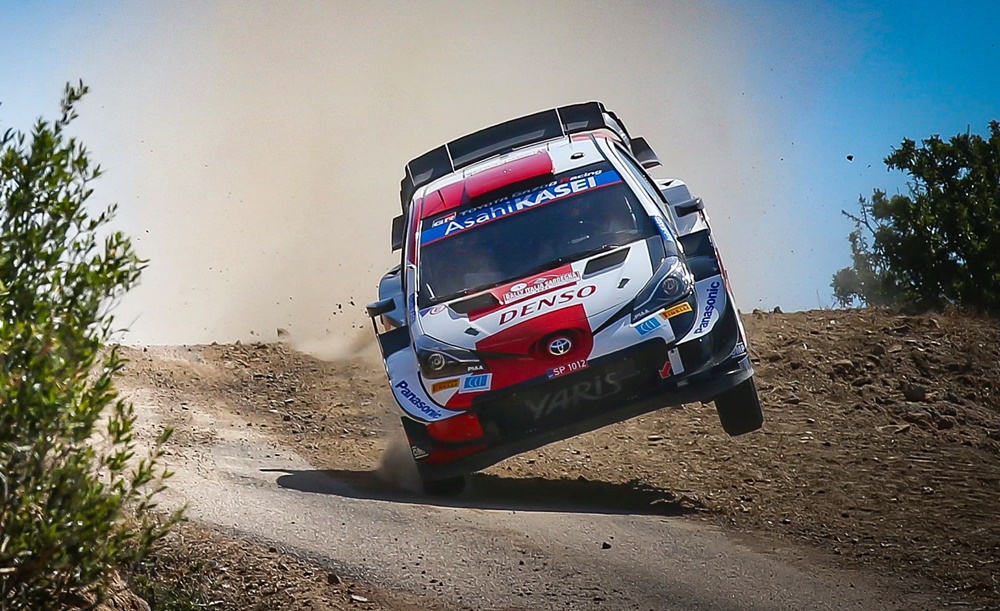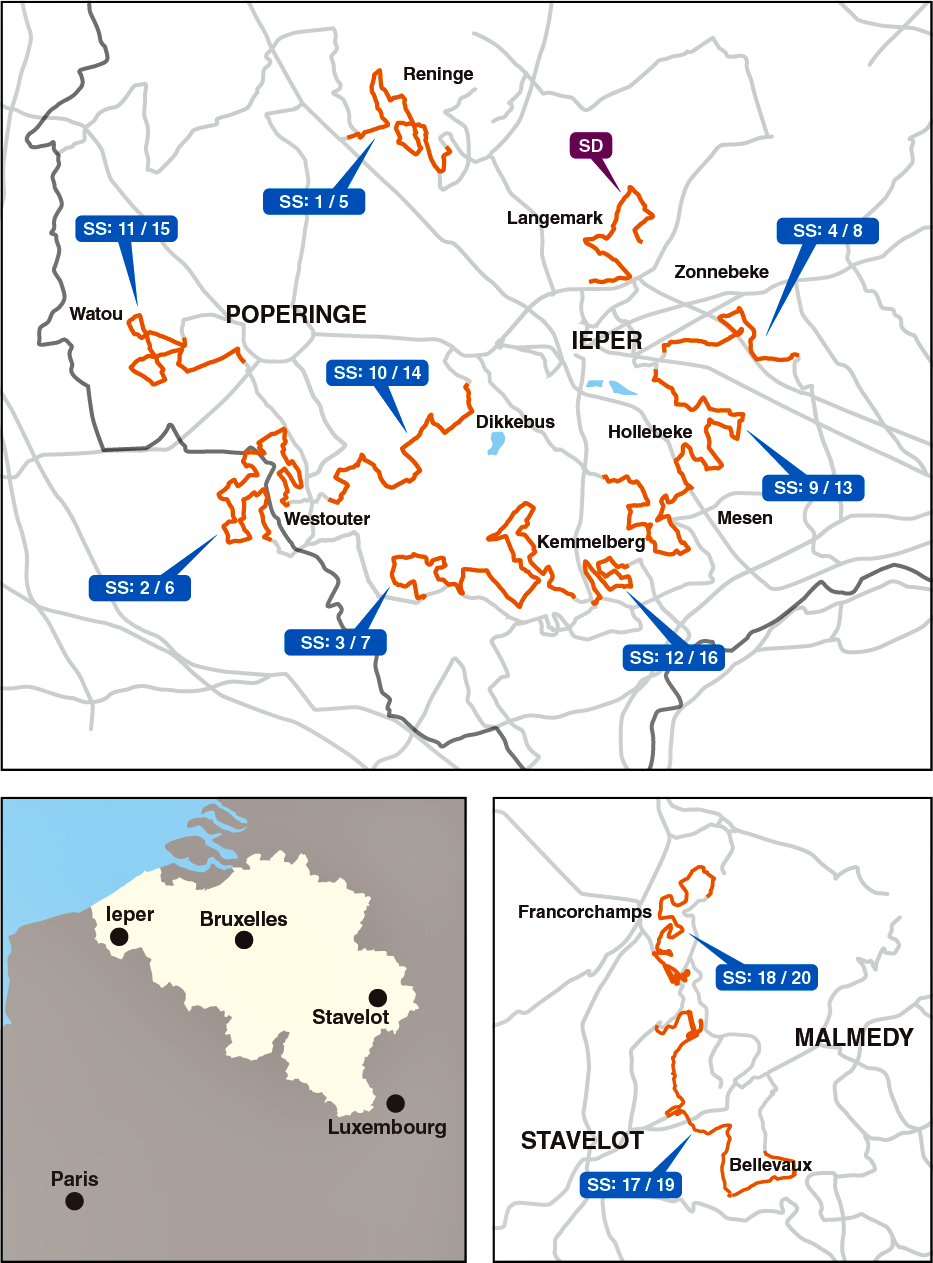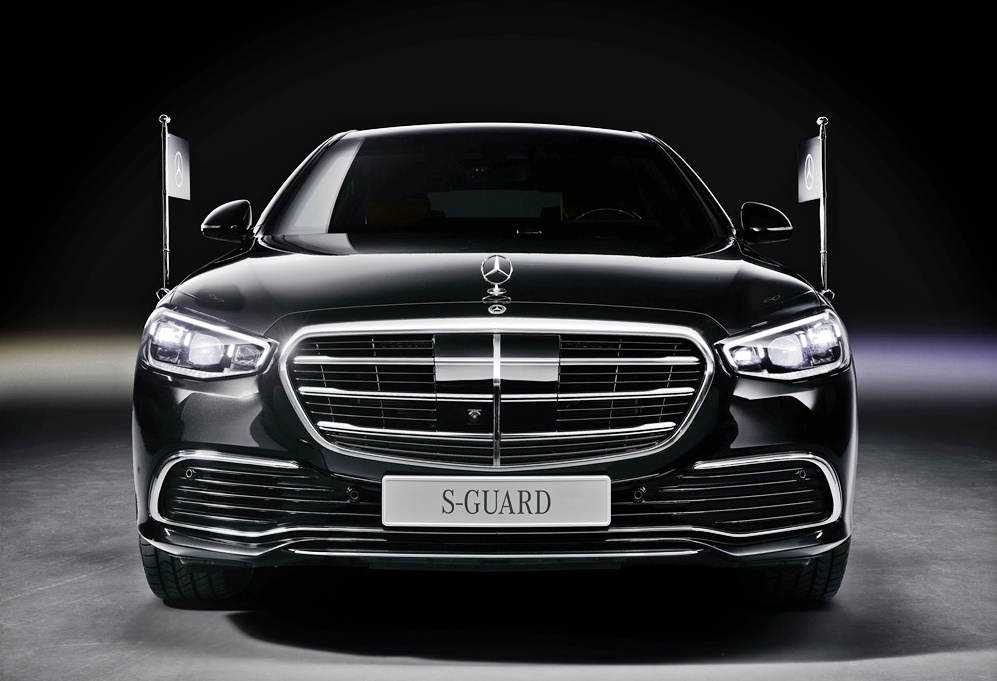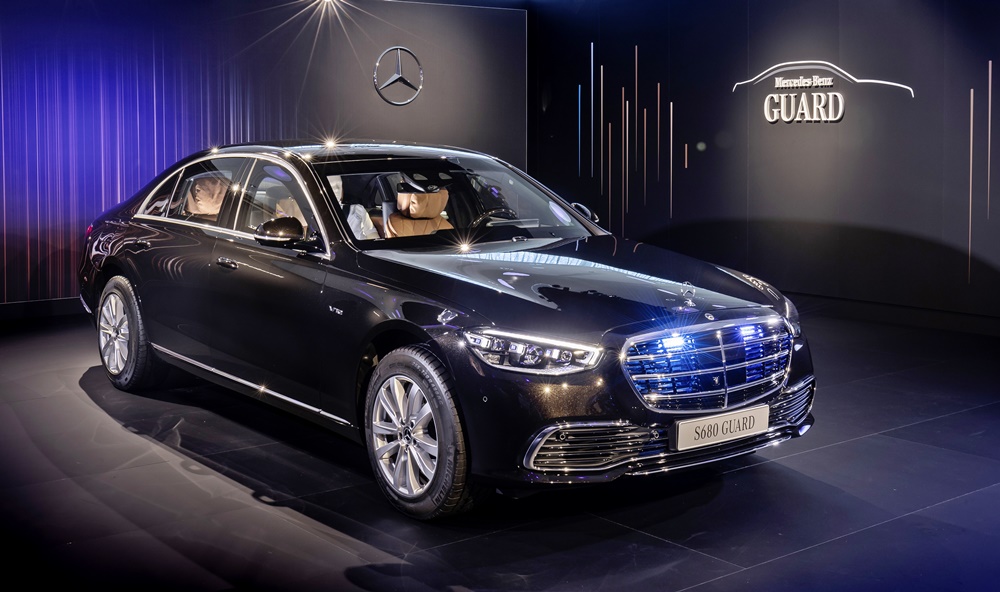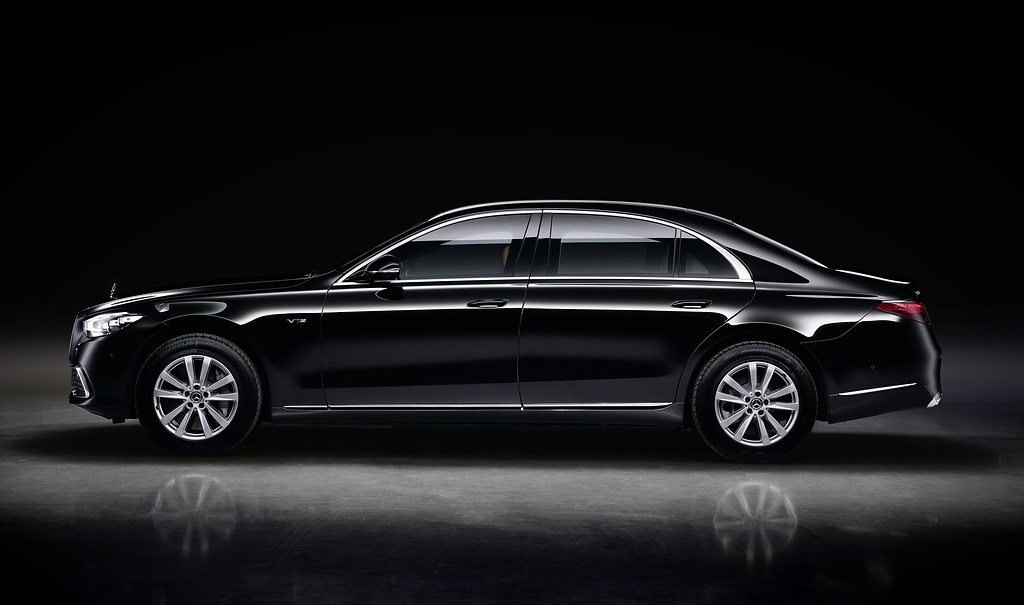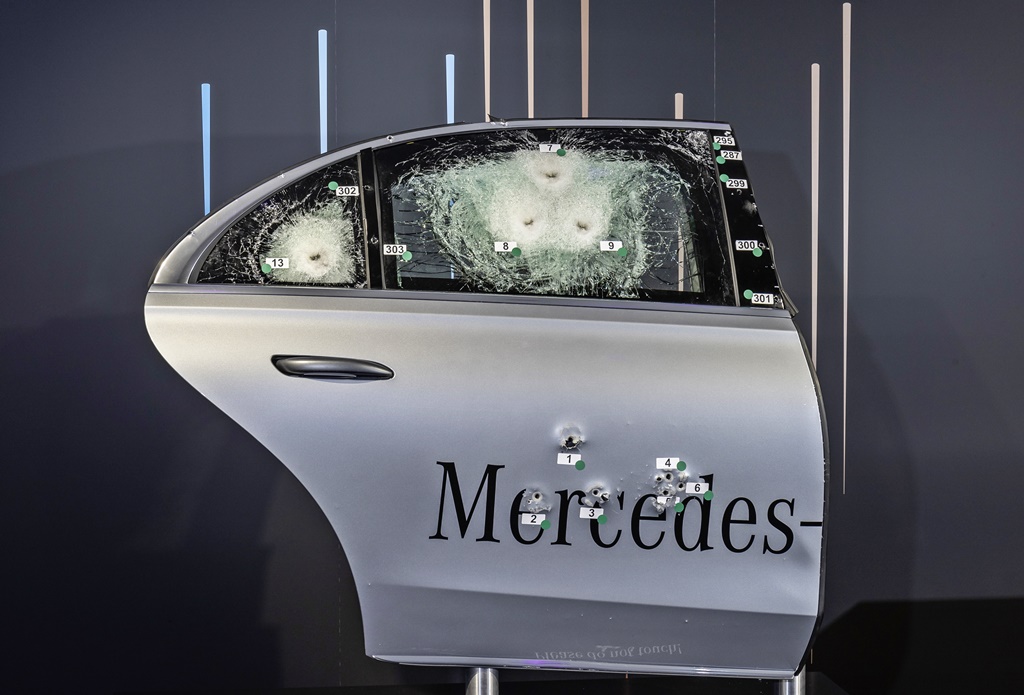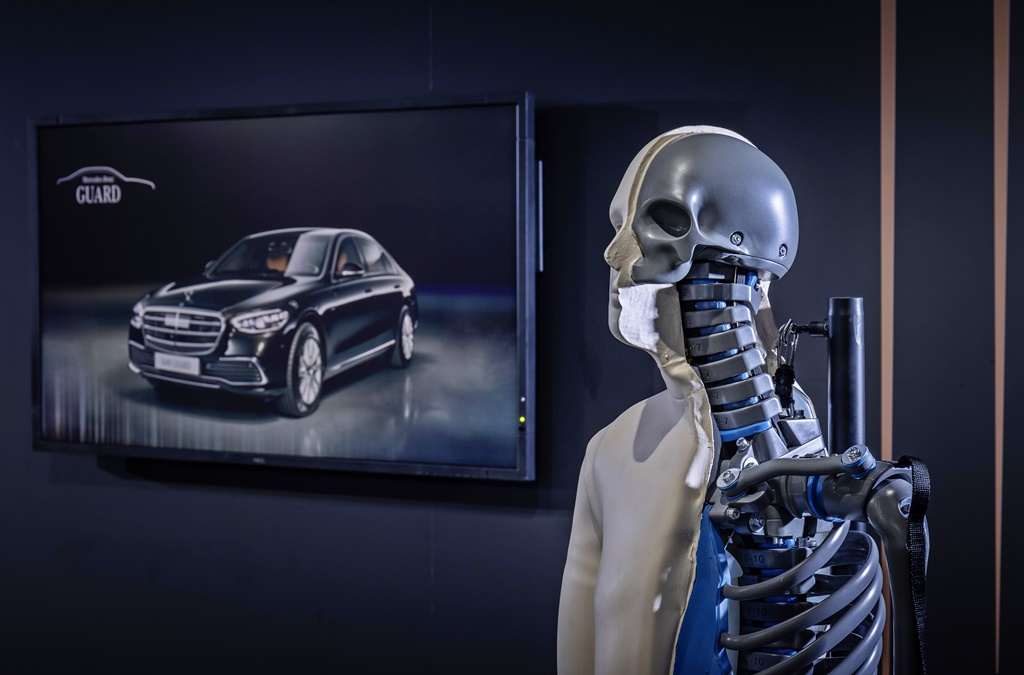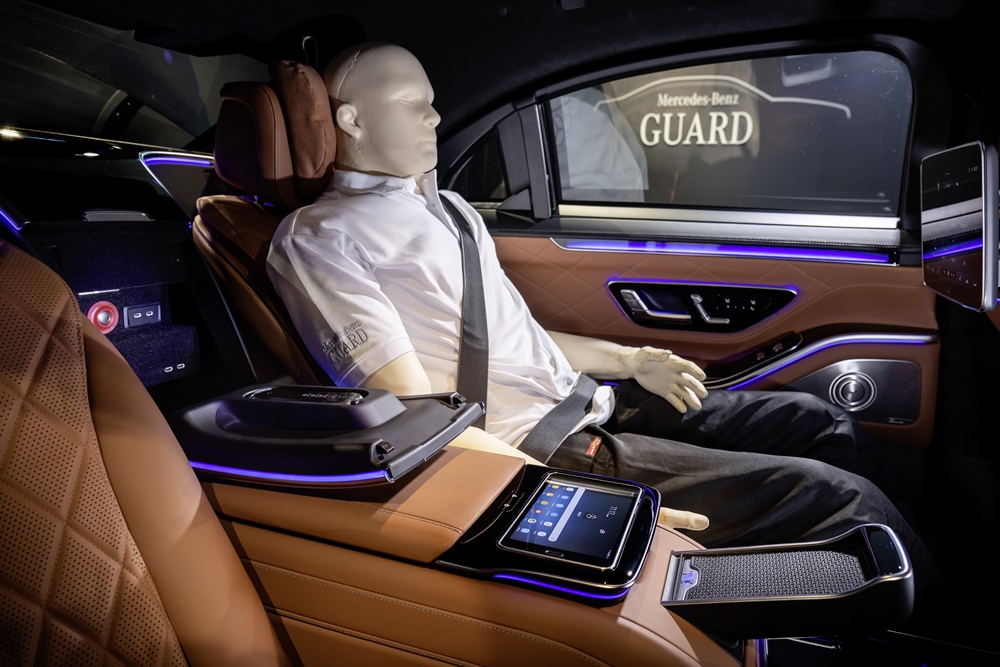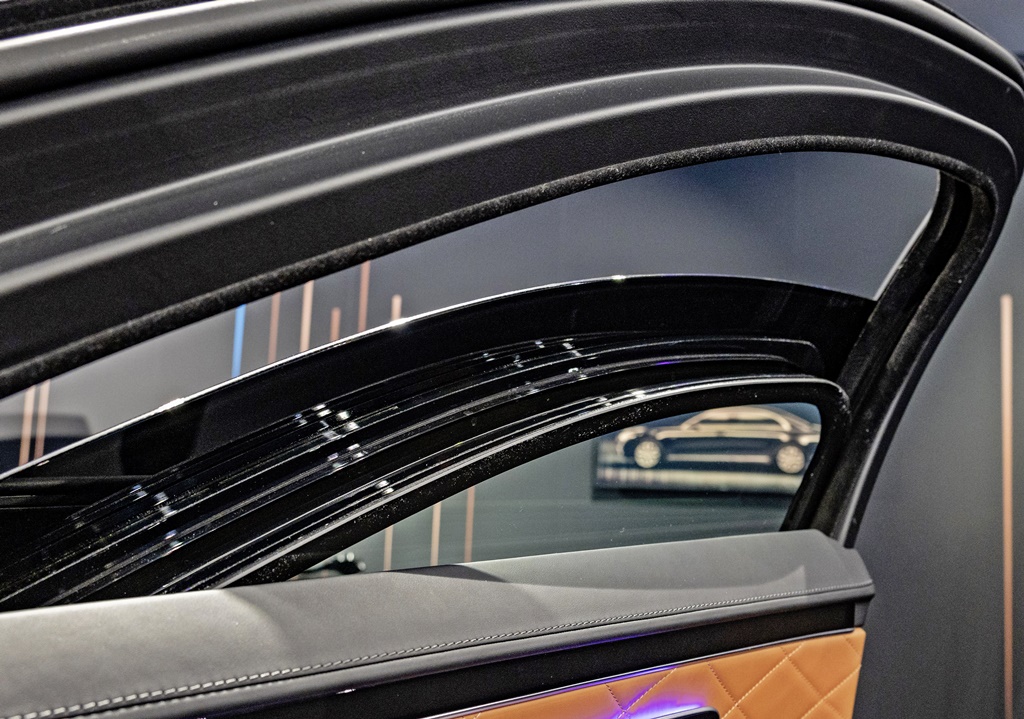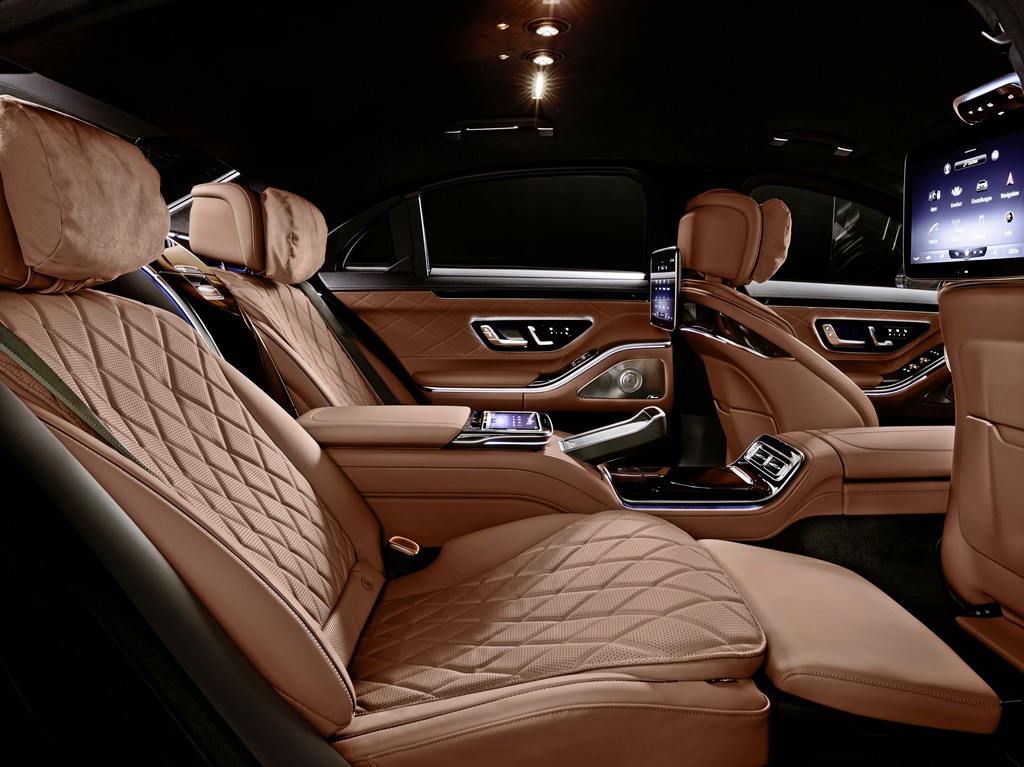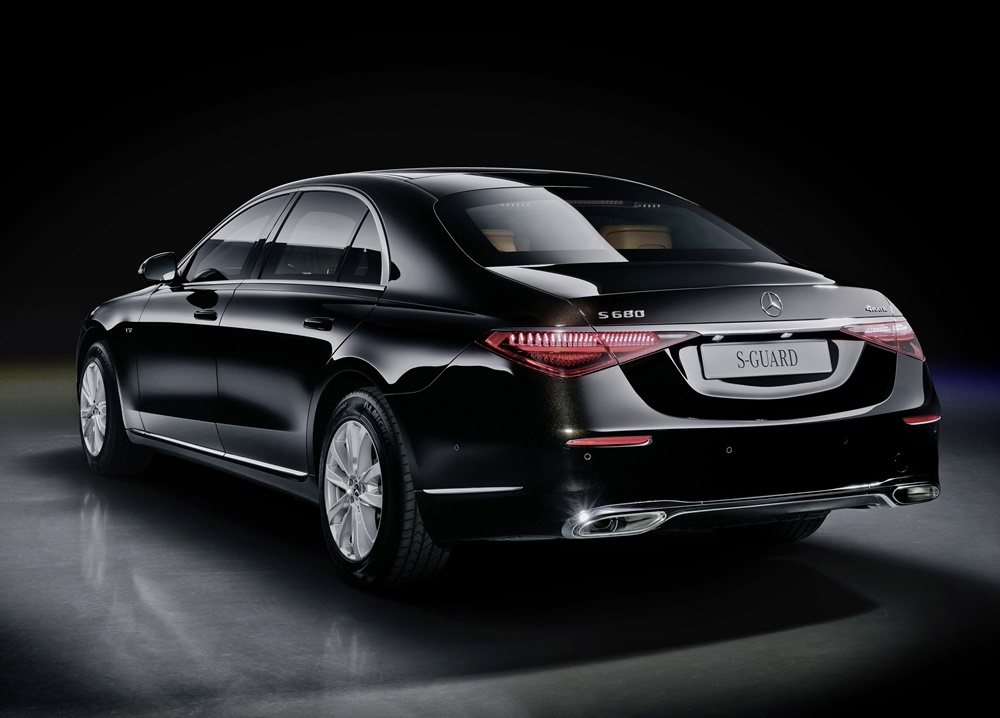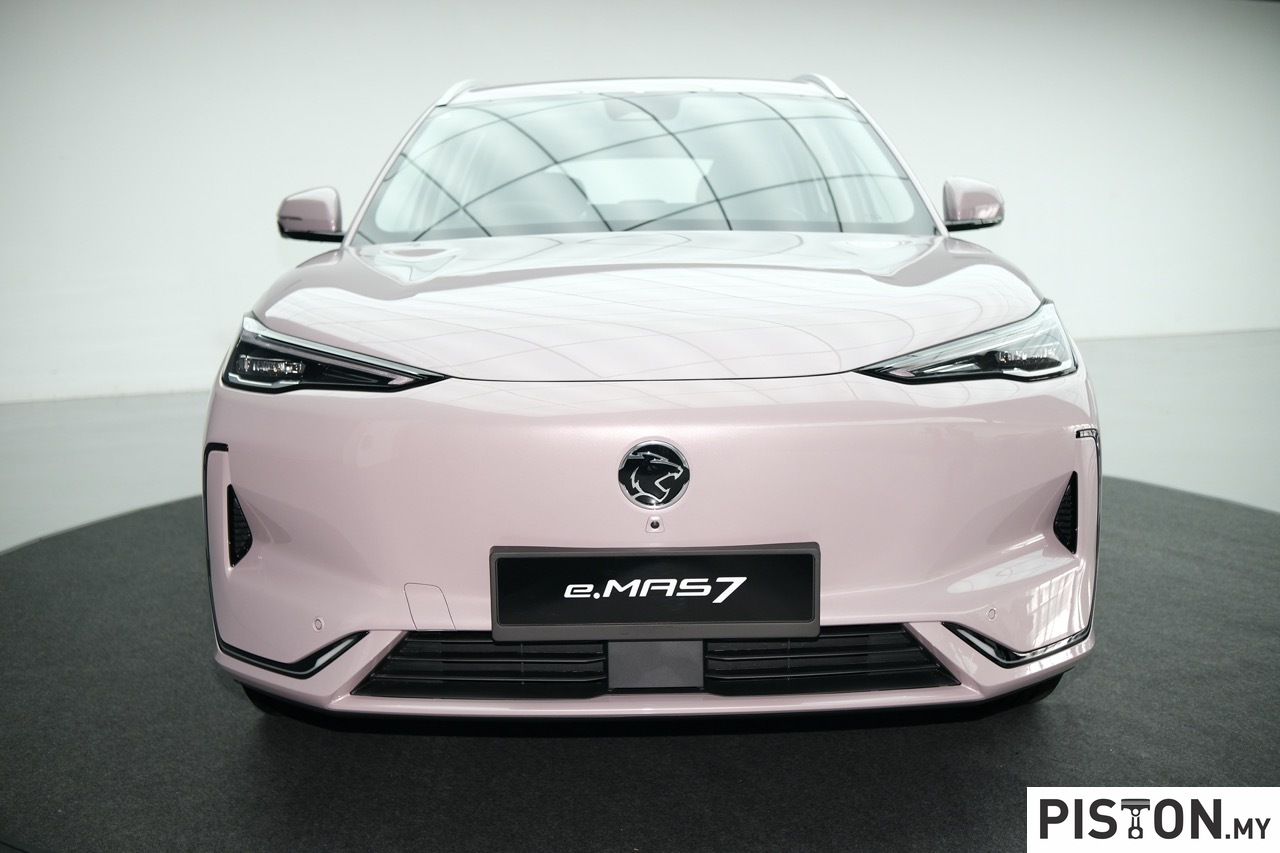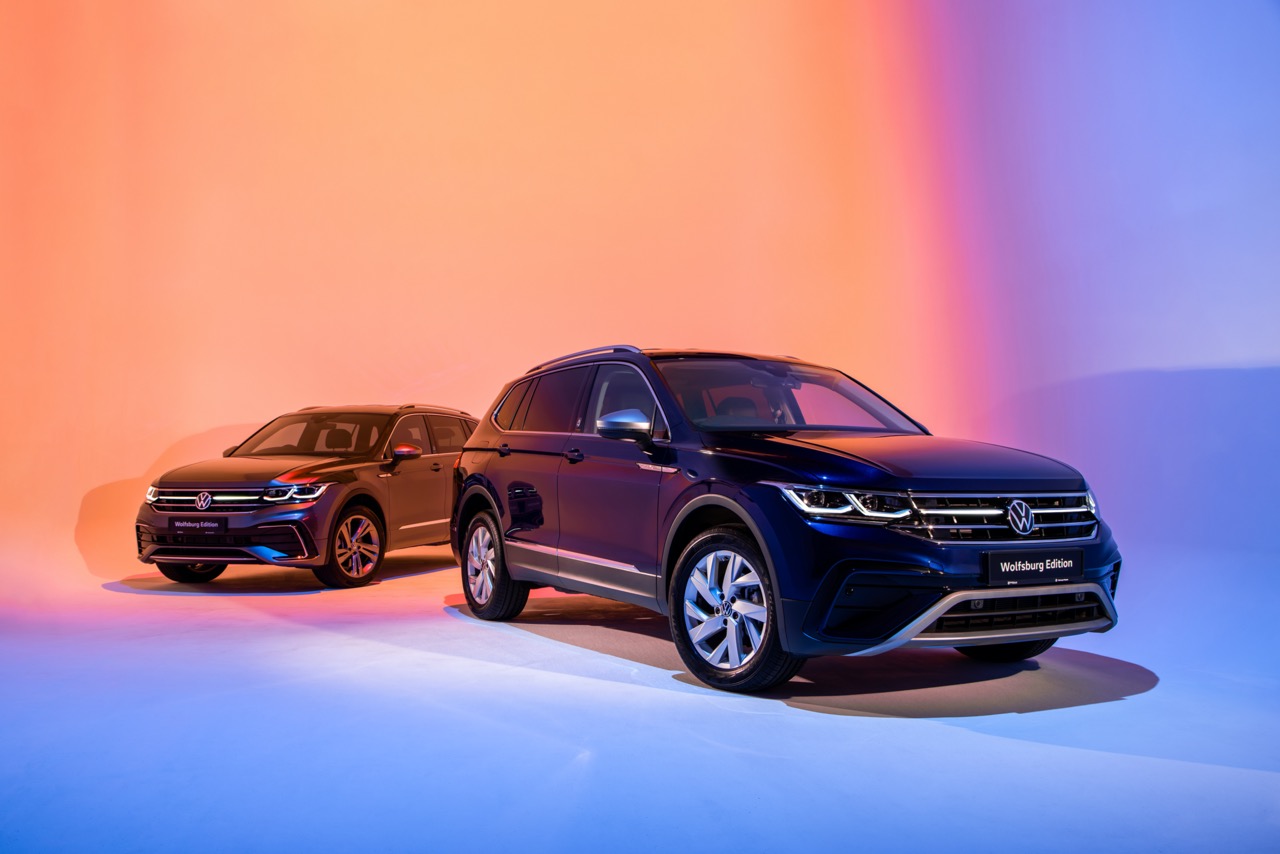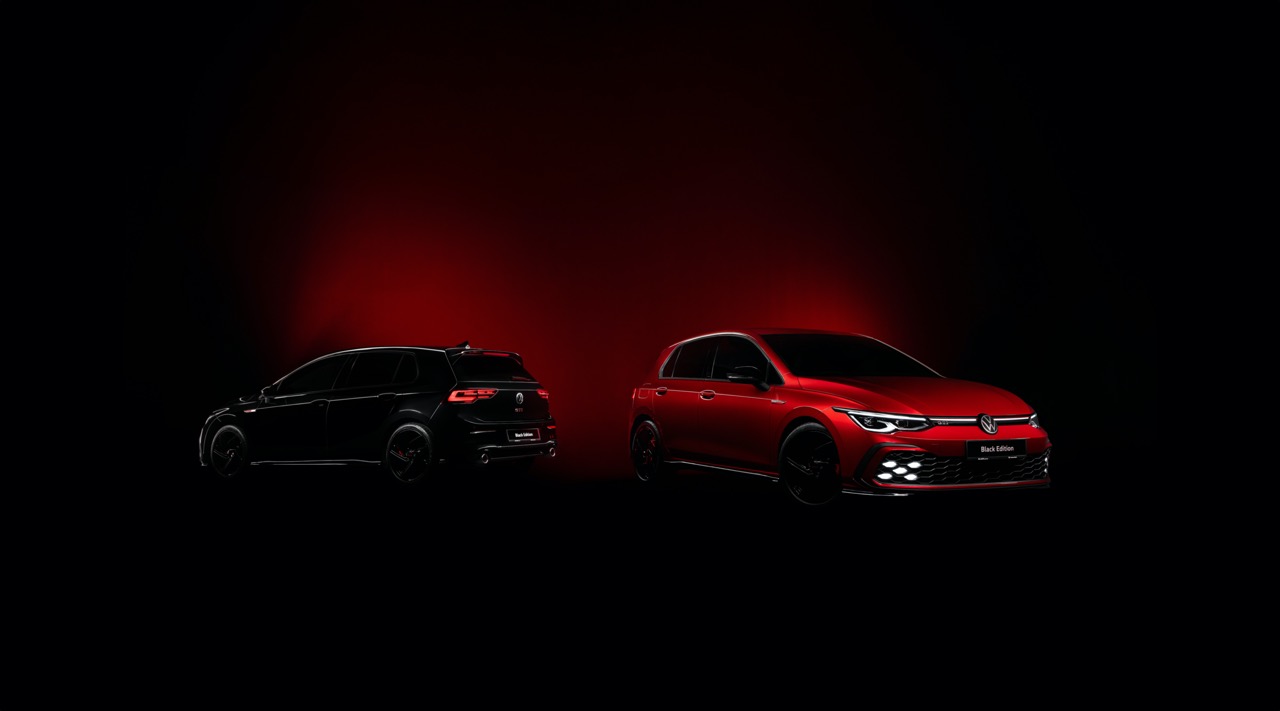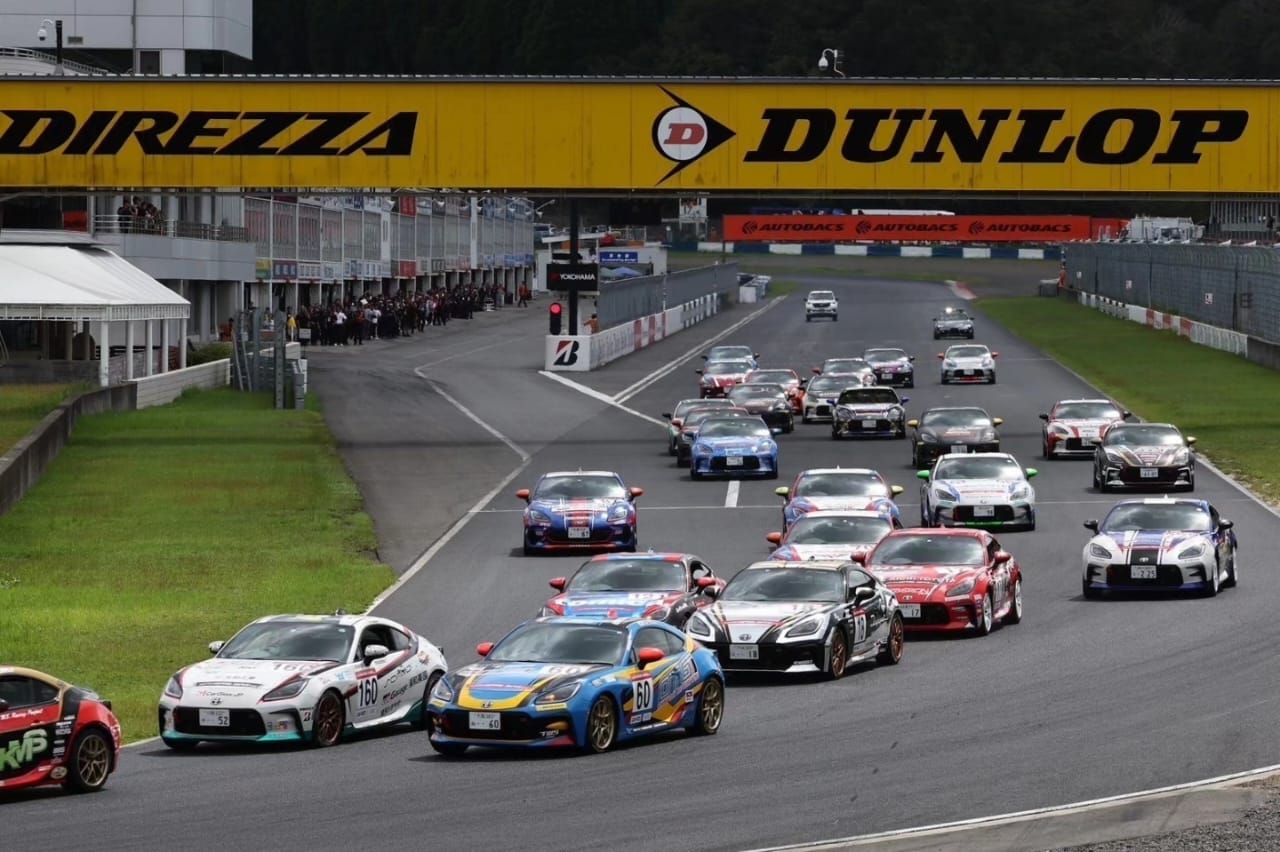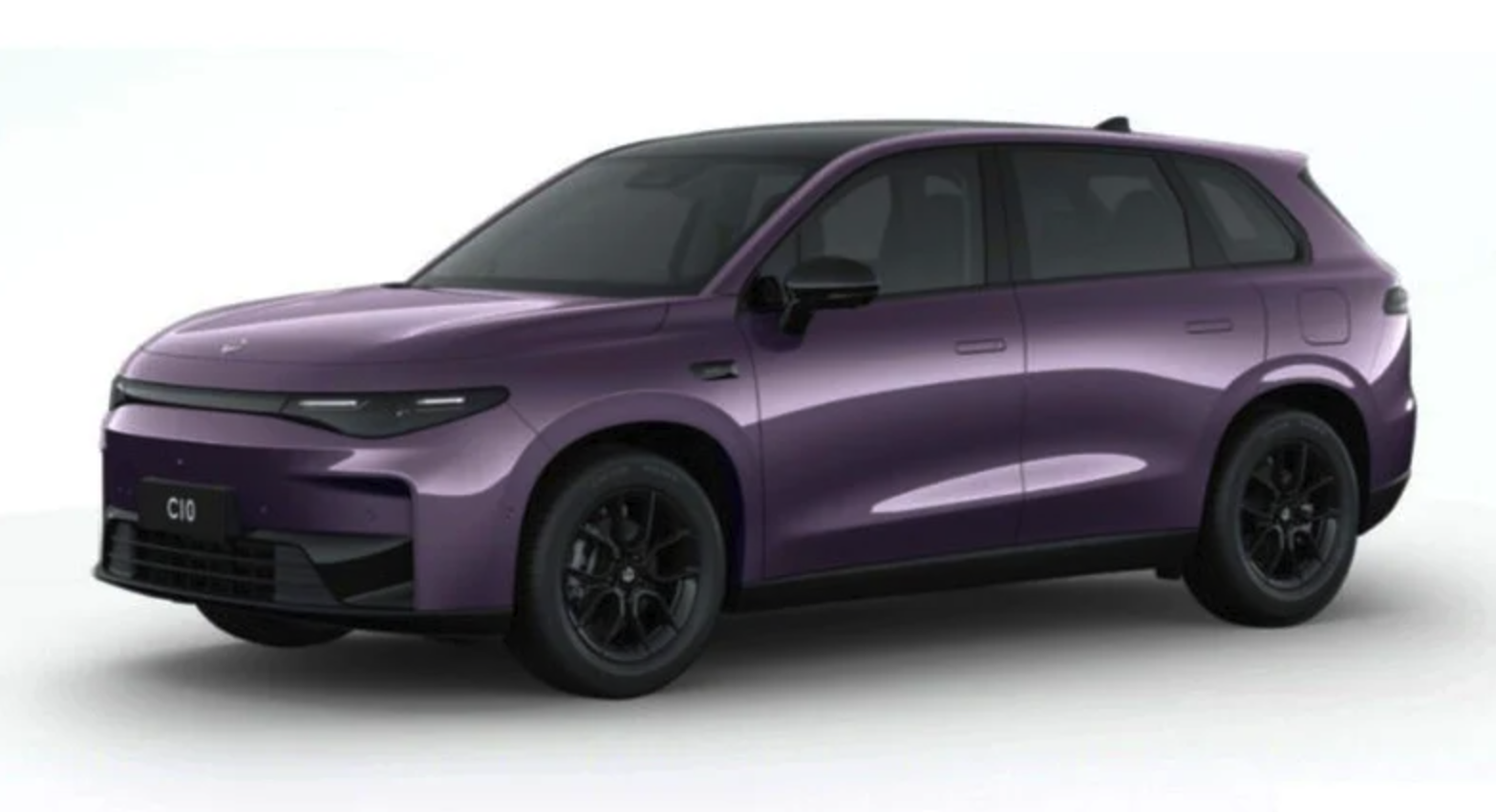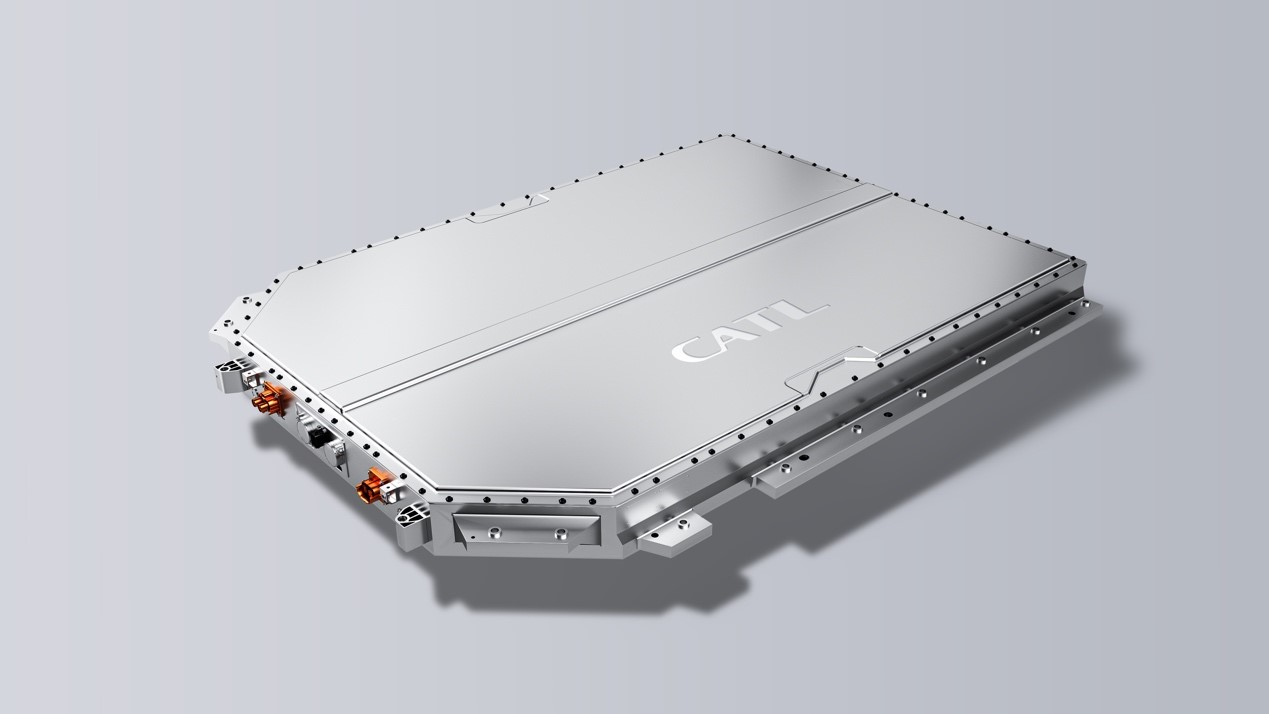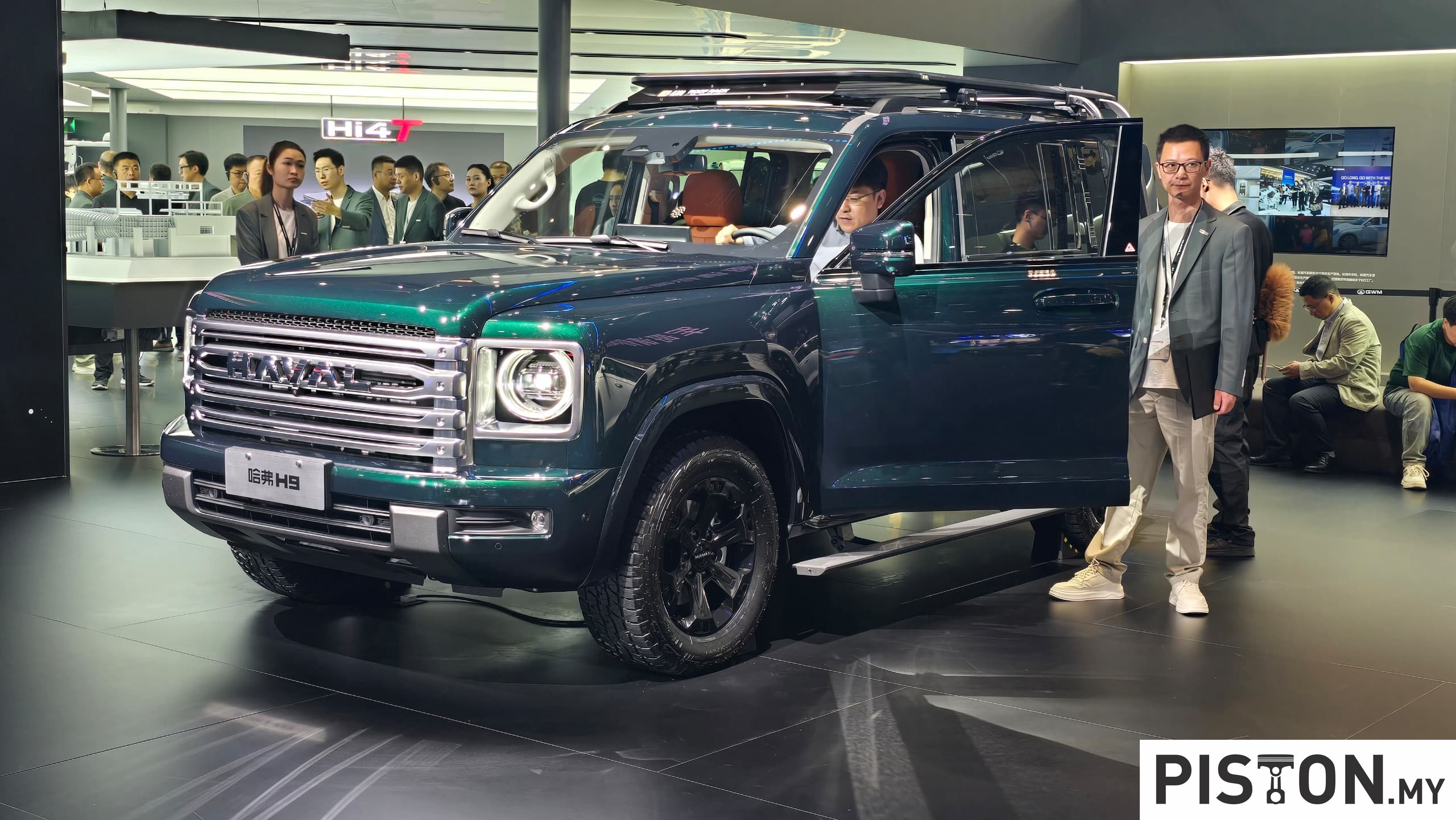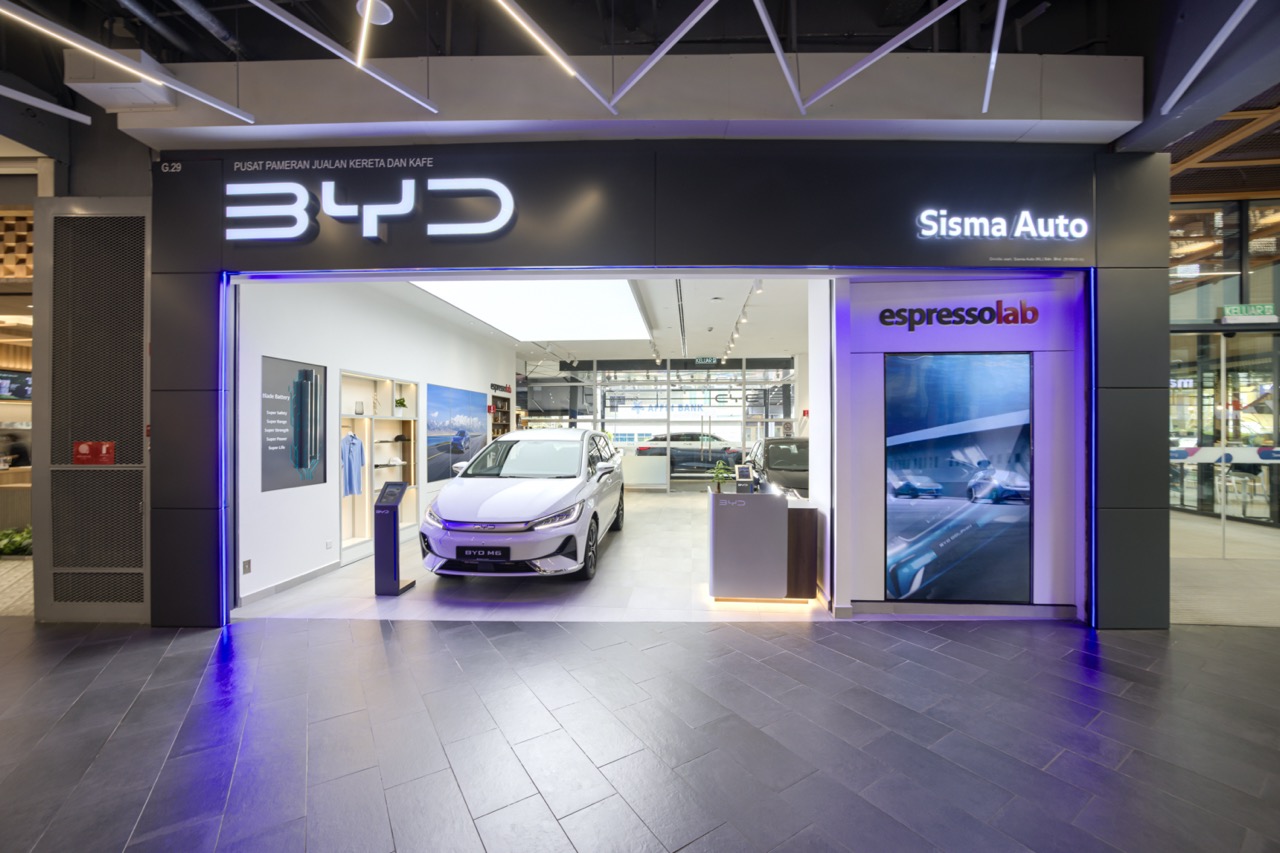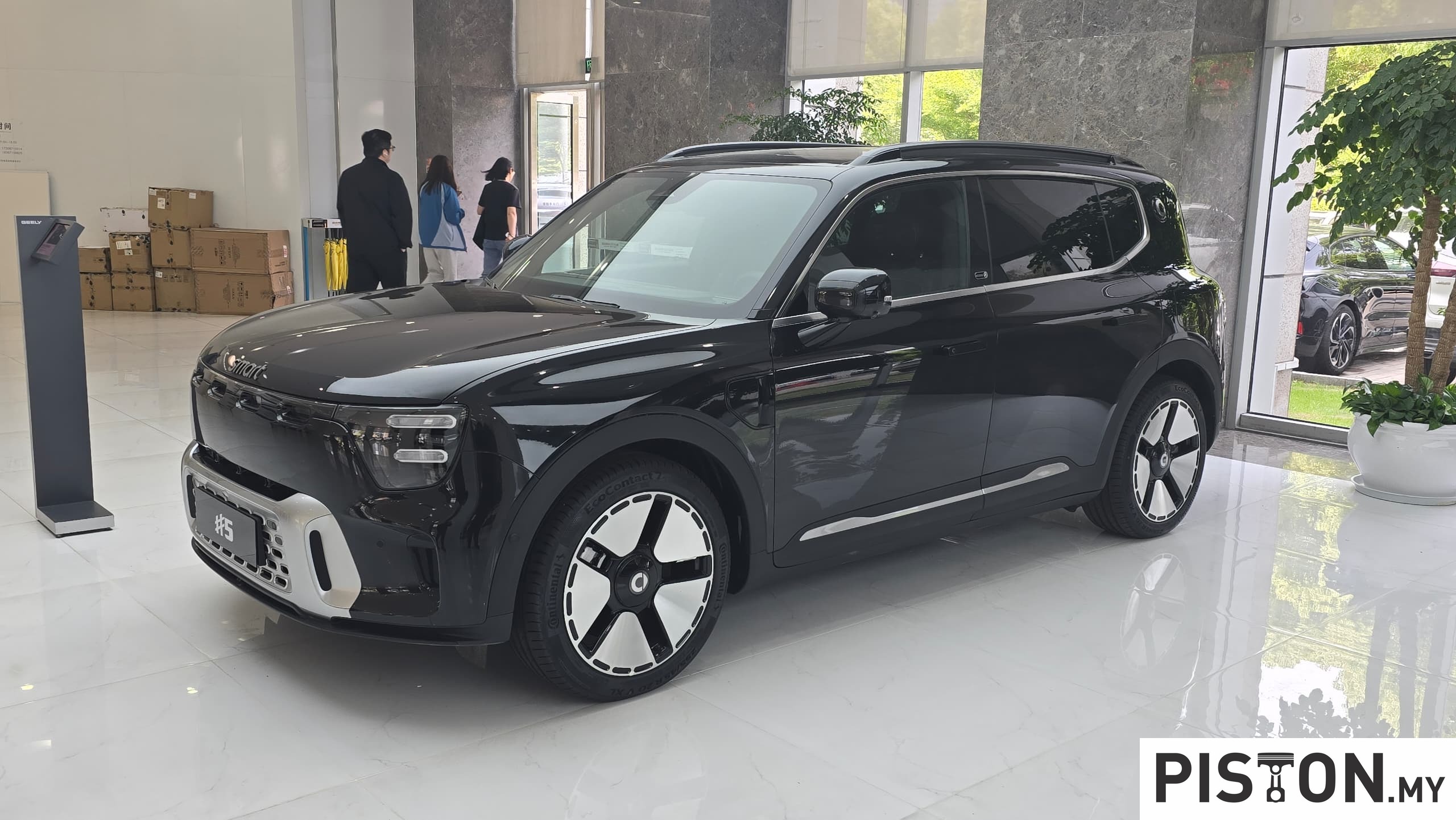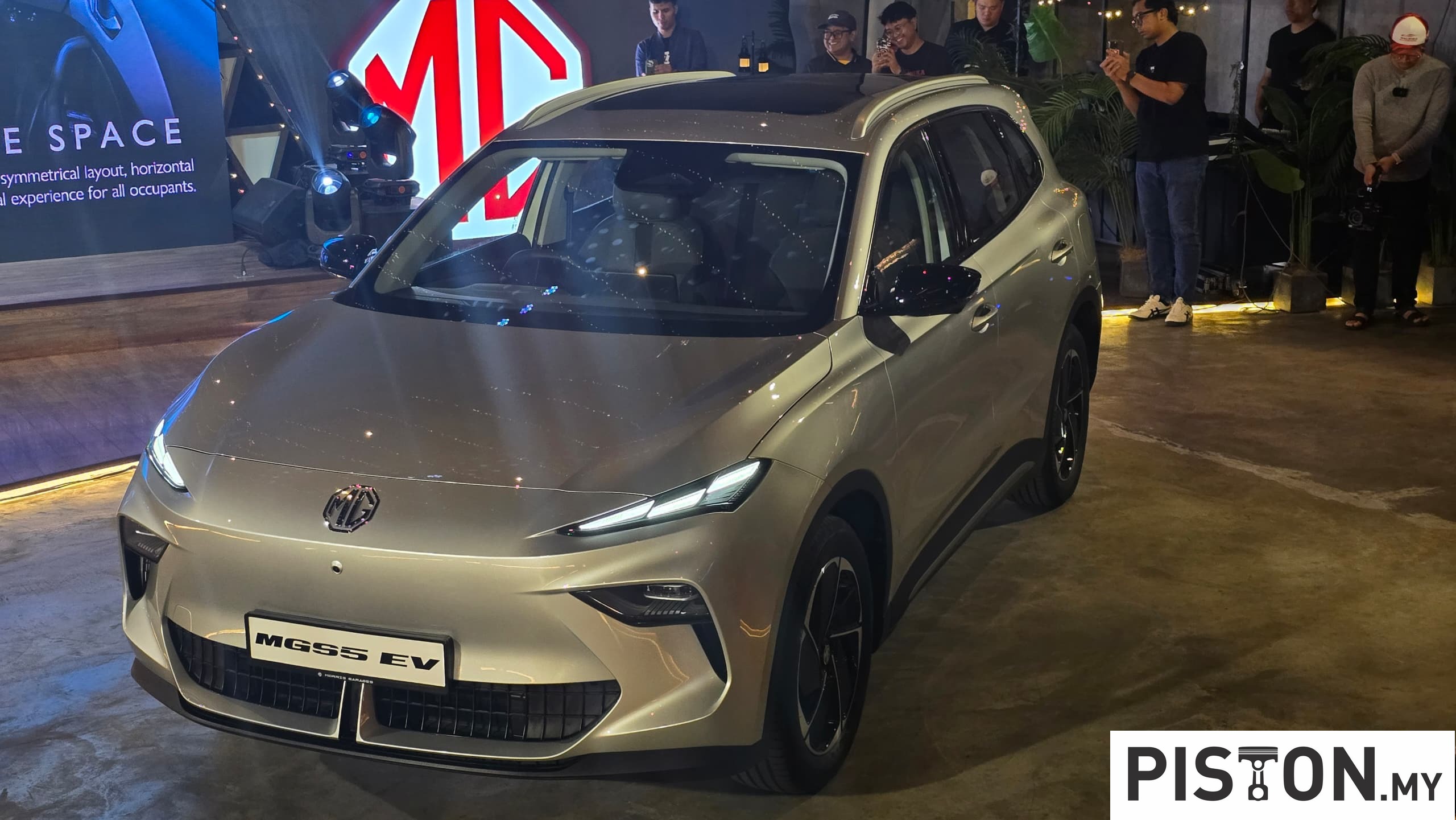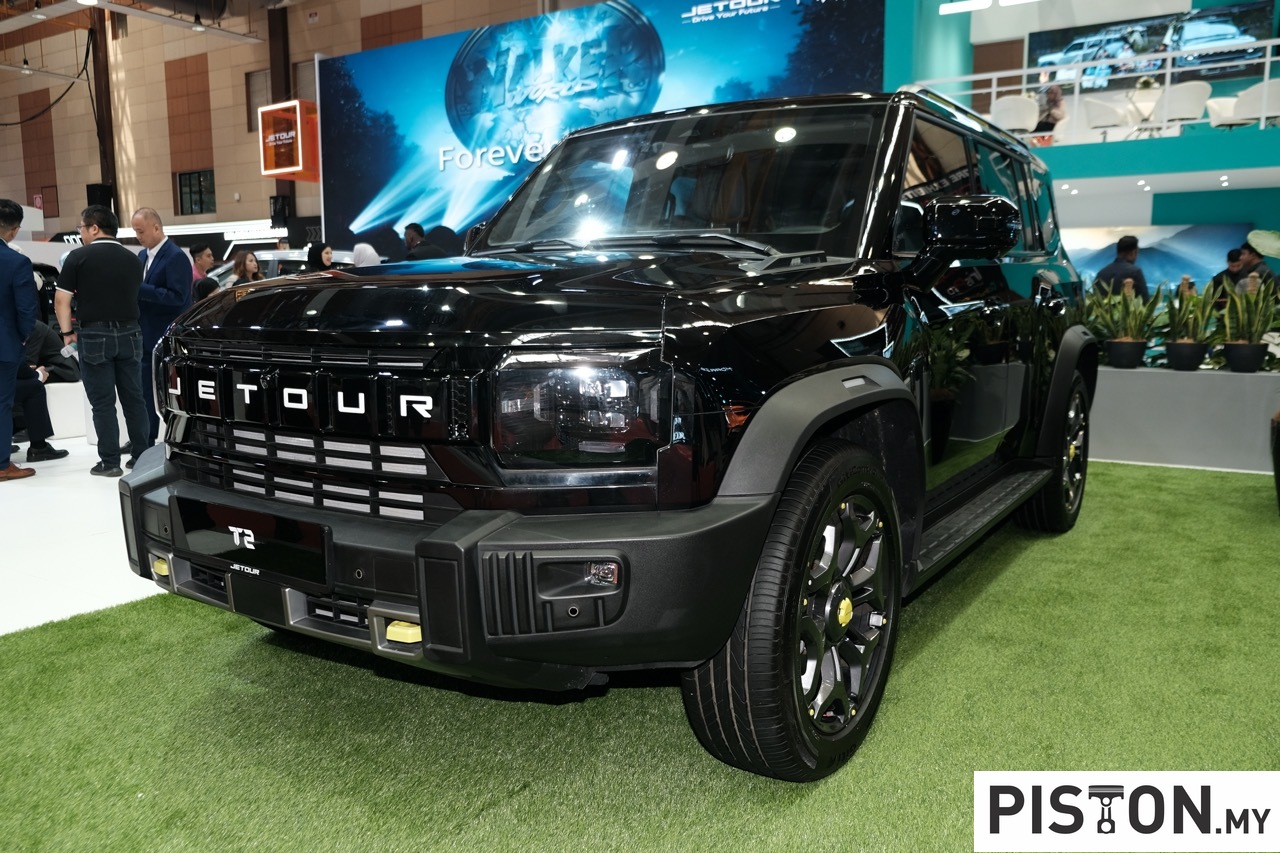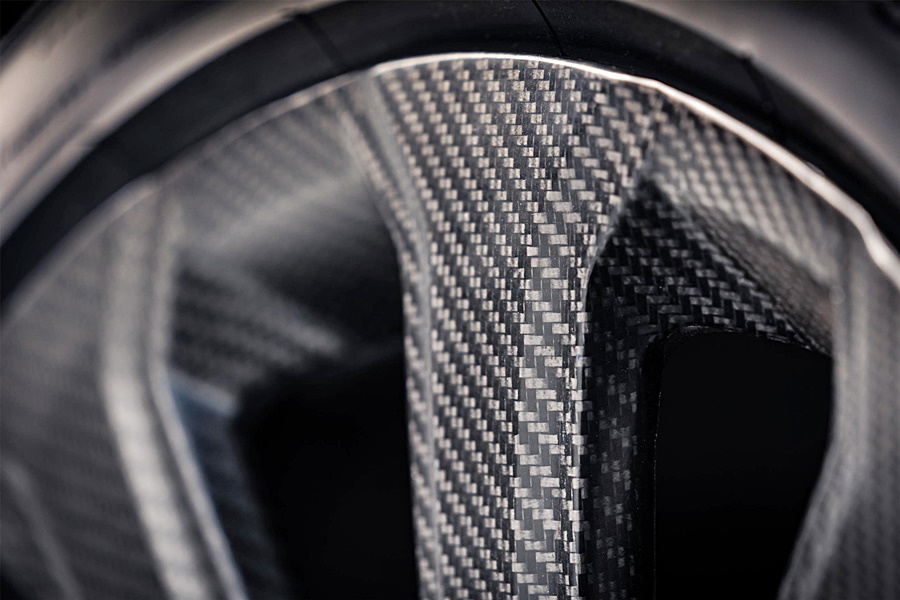In these pandemic times, close contact is discouraged to avoid the risk of spreading the coronavirus. It’s a serious matter, which is why measures such as use of facemasks (double is better) and even face shields are recommended to be used whenever leaving the home. This new situation, which has been with us for about 18 months, means that many of the things we have been doing need to change in some ways.
When sending a car to a service centre for maintenance or repairs, it used to be that you could just drive in (though an appointment has always been recommended) and be served. Now, an appointment is necessary so that the service centre can be prepared to receive a customer and comply with the Standard Operating Procedures.
Timely introduction of app
Thus when Mitsubishi Motors Malaysia (MMM) introduced their MITSUBISHI CONNECT MY mobile application in June 2020, it was very timely and contributed to helping vehicle owners communicate in a safer as well as more convenient manner with their dealership.
“The pandemic has created great demands on us as a society and despite the challenges; it also allowed us to be more resilient and agile in this new digital technology environment. Besides technology on improving customer’s convenience, the safety of our customers and staff is also our utmost priority,” said Tomoyuki Shinnishi, CEO of Mitsubishi Motors Malaysia.
Additional features
With kaizen (constant improvement) very much a part of MMM, the MITSUBISHI CONNECT MY app has received enhancements after a year. The mobile app already enables Mitsubishi owners to book a service appointment, receive service appointment reminders and check service histories.
Now it also enables owners to be aware of the progress of work on their vehicle after they have sent it to the service centre. Through the app, they will receive status notifications and be informed when they can collect their vehicle.
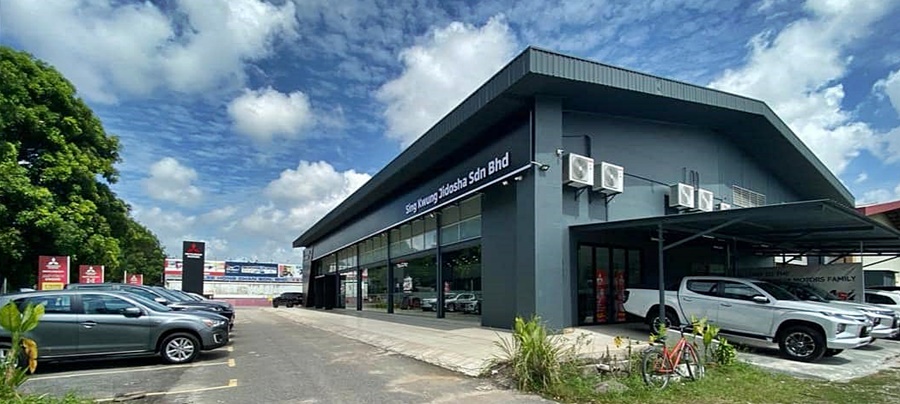
Keeping track of the vehicle’s service cost and warranty details is another one of the useful functions. Owner can be informed about their upcoming service cost with an estimation and warranty details for ease of planning. In addition, roadtax and insurance renewal reminders will also be sent through the app.
When help is needed
Additionally, Mitsubishi owners can request roadside assistance service in a breakdown or accident using the SOS Trace & Track feature. By tapping on the ‘SOS’ function on the app, the user’s location can be tracked accurately using a GPS locator and its details will be verified by customer service personnel from Mitsubishi Motors Malaysia who will send help immediately.
Other useful functions of the MITSUBISHI CONNECT MY app include staying in touch with the Mitsubishi Assist 24Hrs customer careline and contacting a 24-Hour breakdown assistance service throughout Malaysia as well as emergency services, should the situation arise. And, of course, the locations of all authorised Mitsubishi Motors dealers in Malaysia can be found in the app database.
“With the enhancements of the MITSUBISHI CONNECT MY mobile app together with the Mitsubishi Online Showroom, we want to assure our customers that we are engaging with them through a seamless journey from purchase to ownership in a safe environment,” said Mr. Shinnishi.
Visit www.mitsubishi-motors.com.my to know more about Mitsubishi vehicles and services in Malaysia, and the locations of authorised dealerships.
Mitsubishi Motors Malaysia’s Online Showroom open for business









